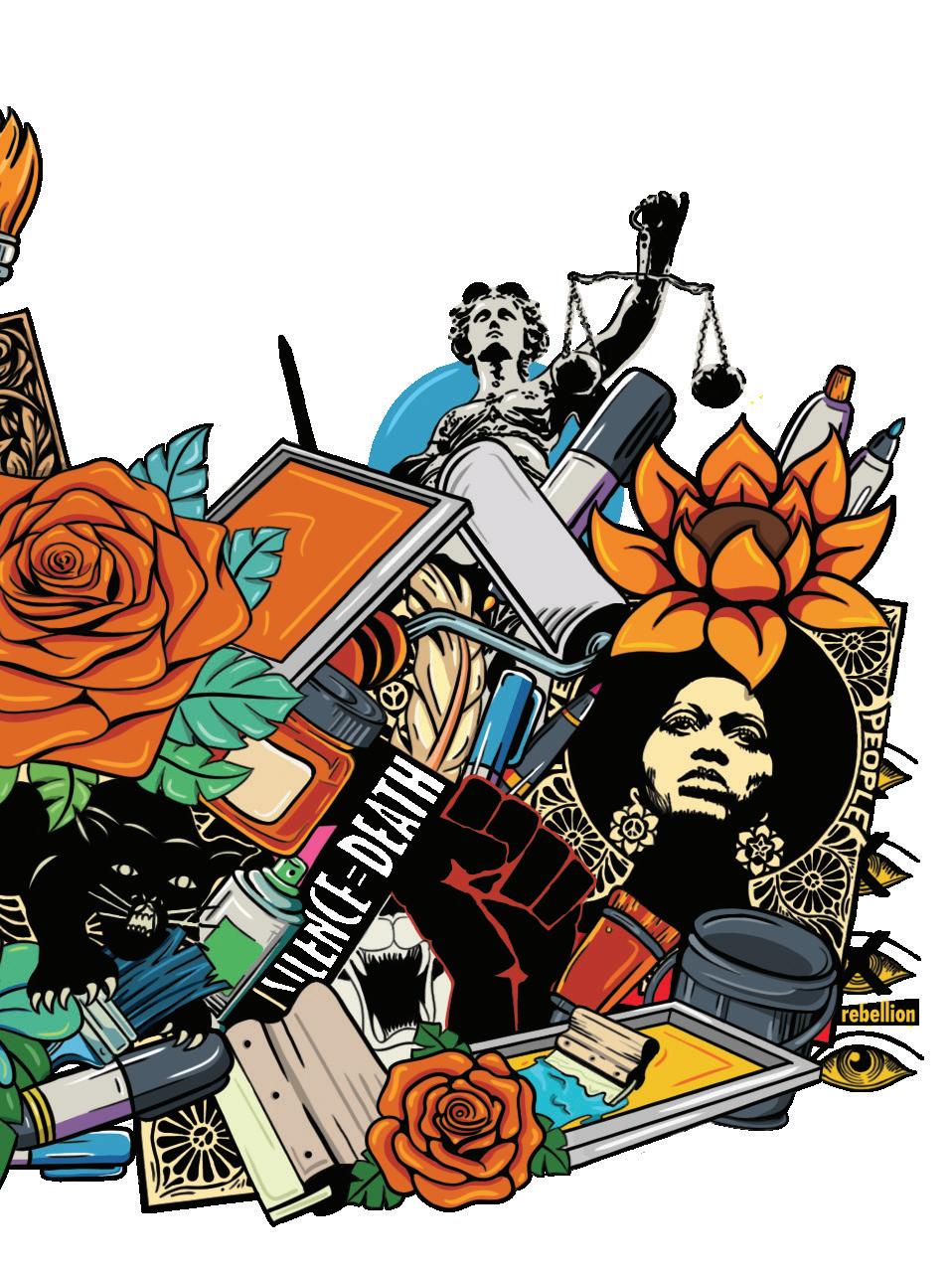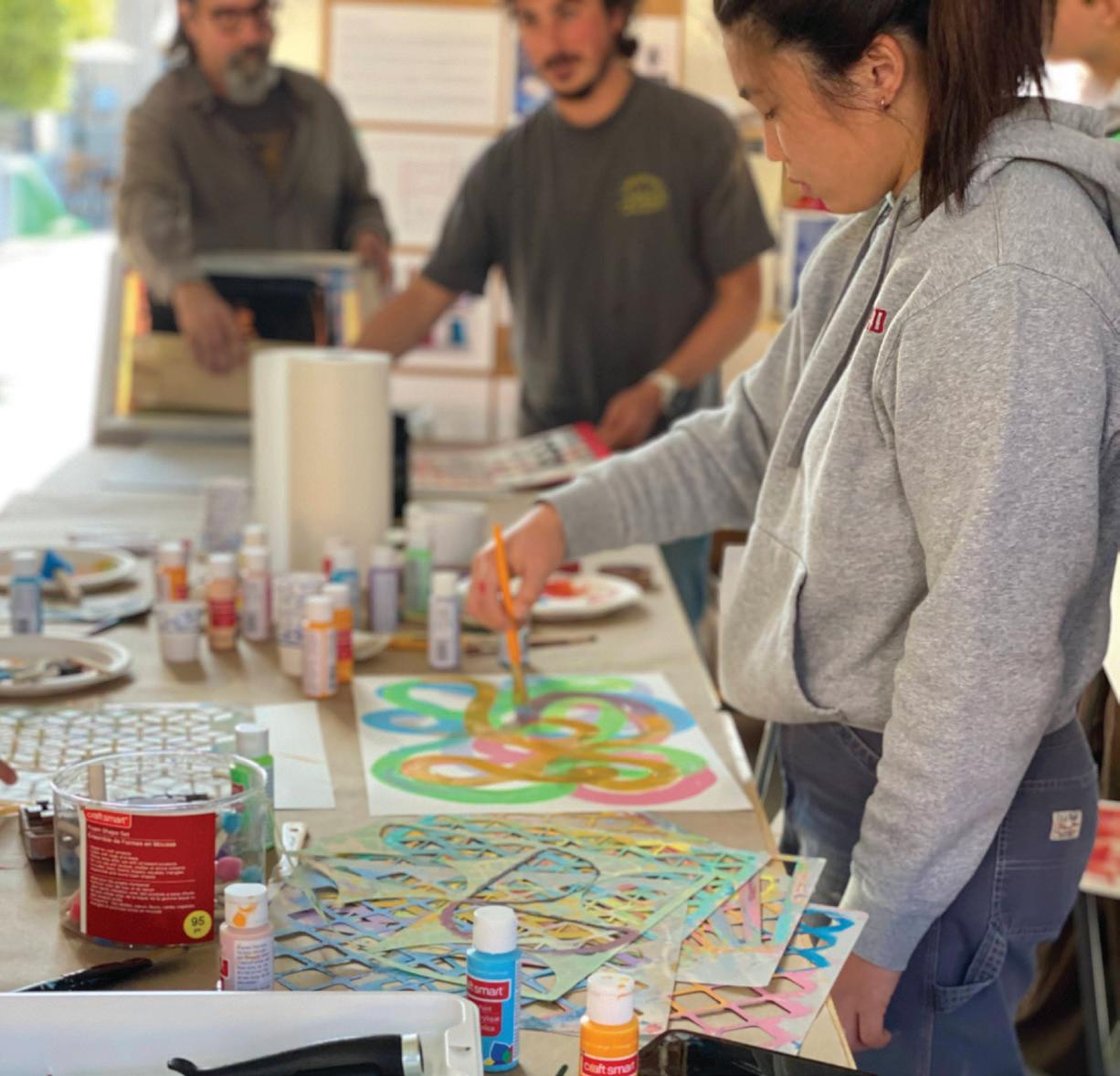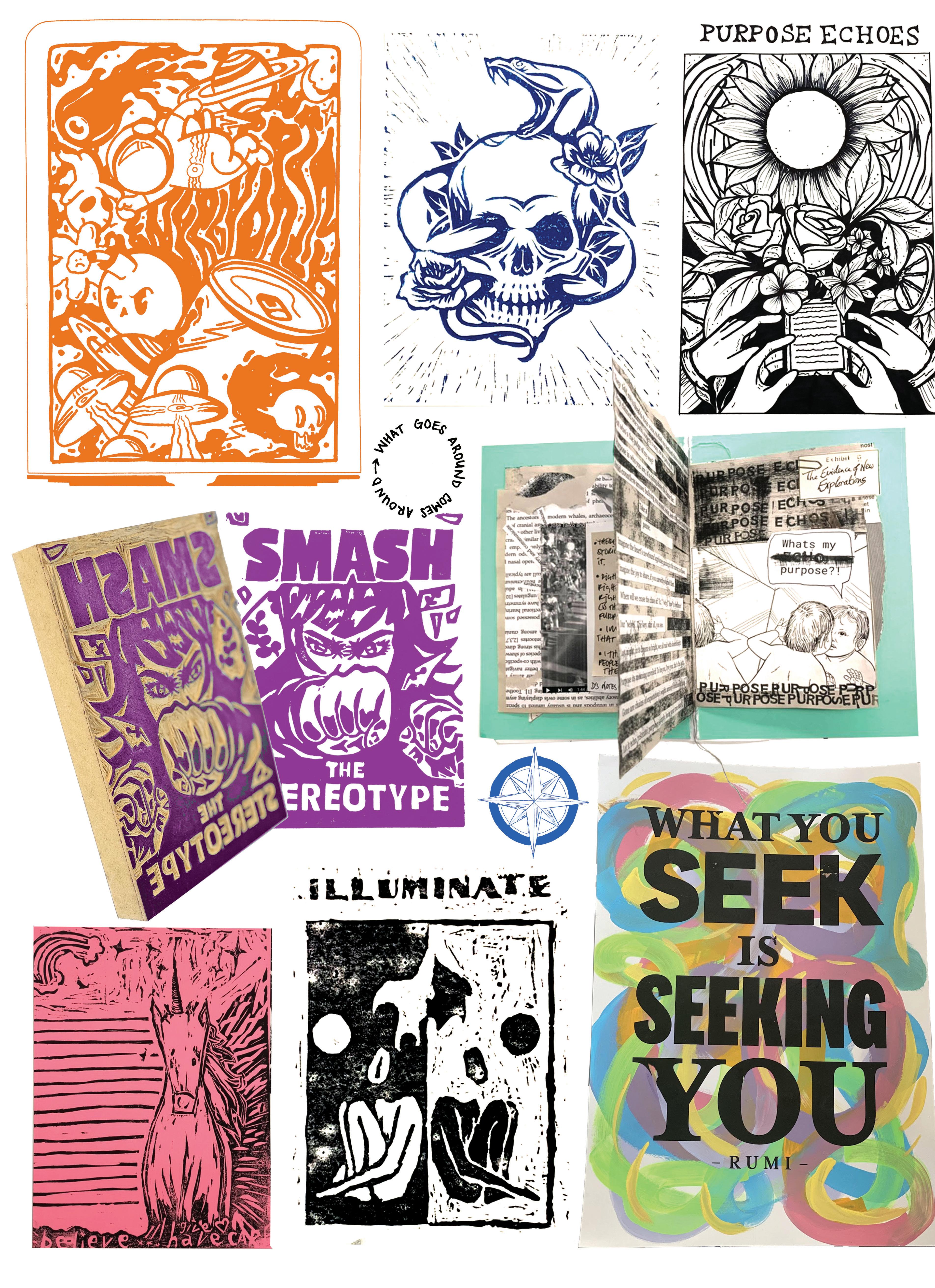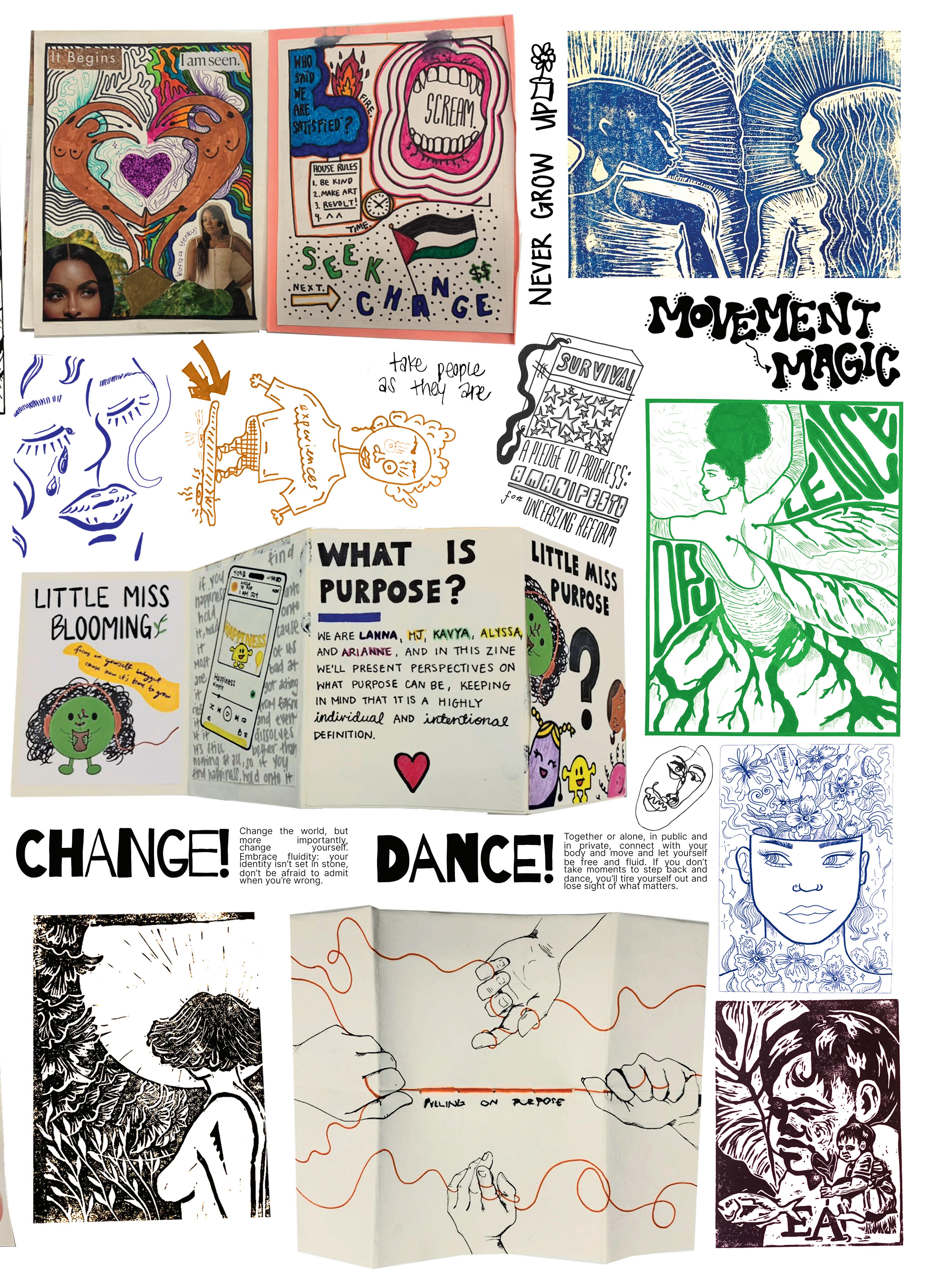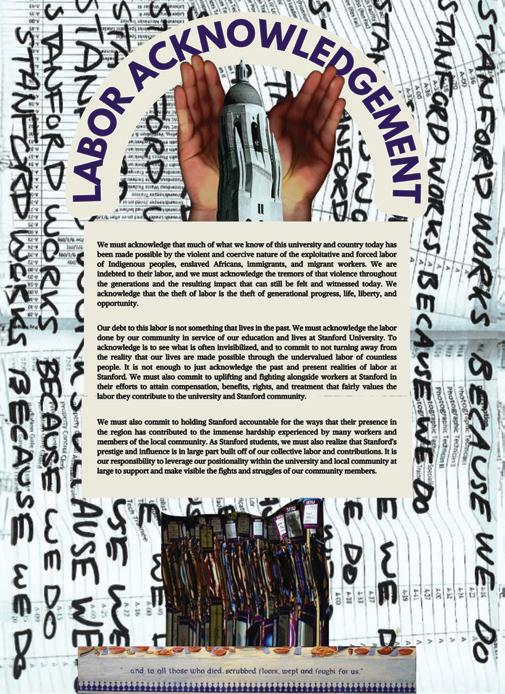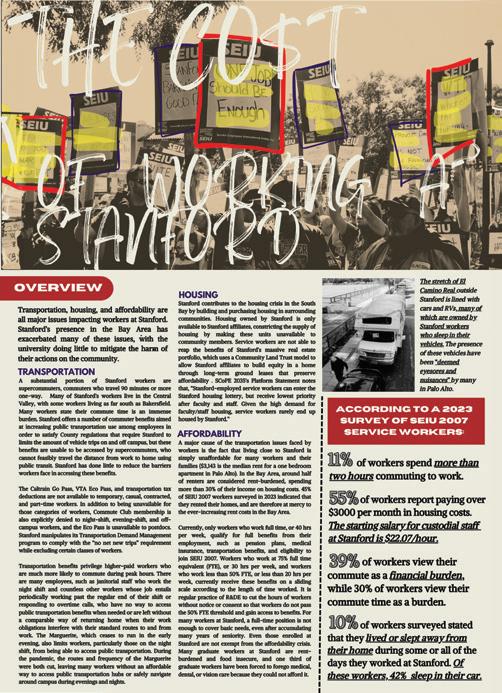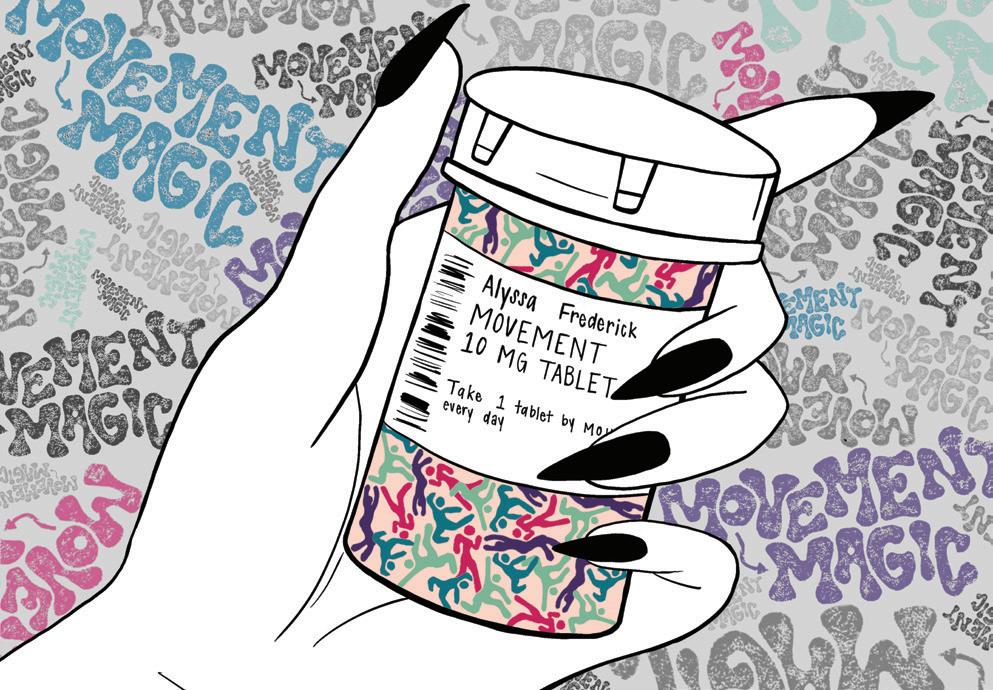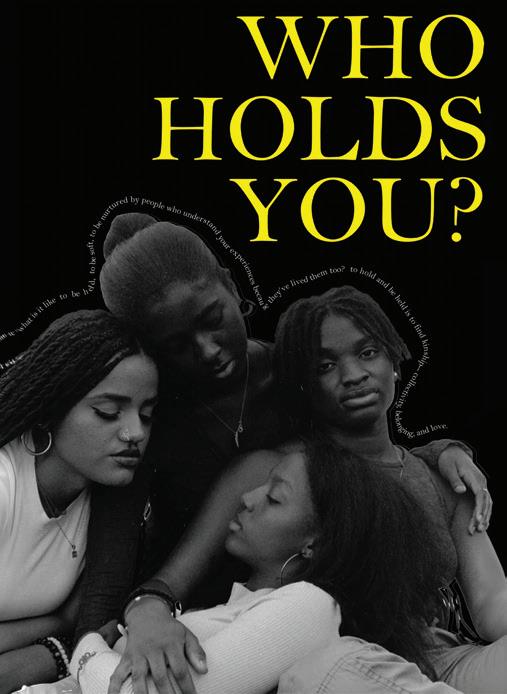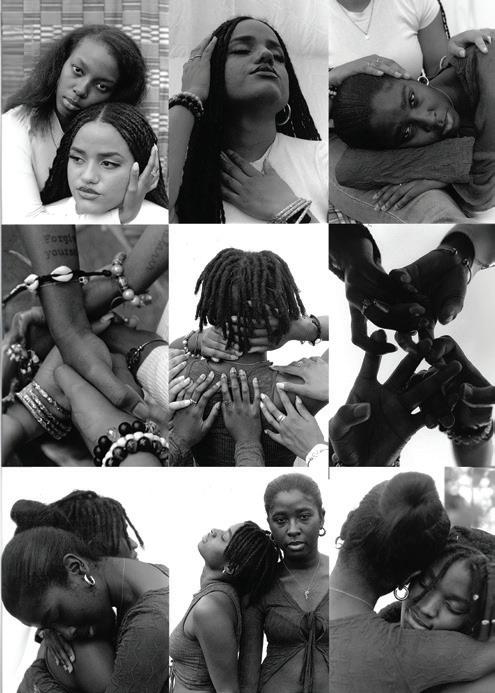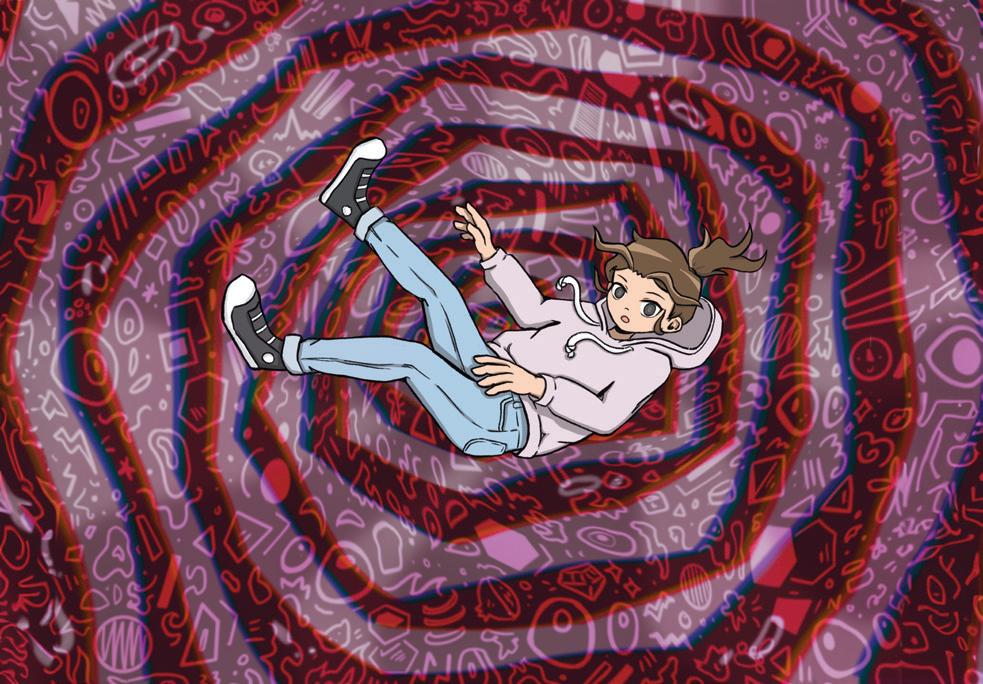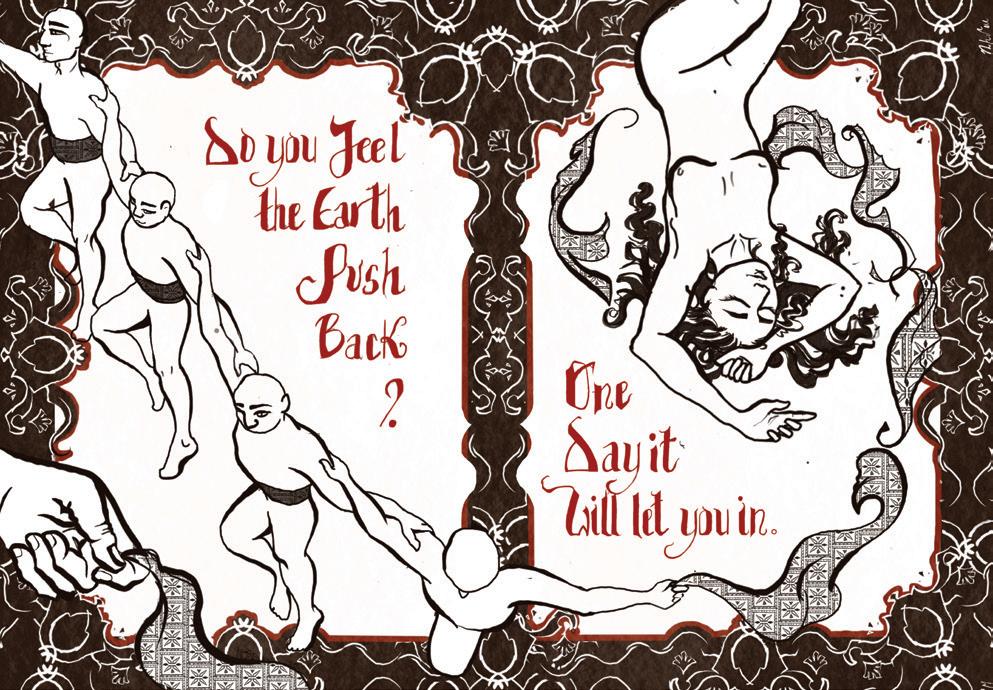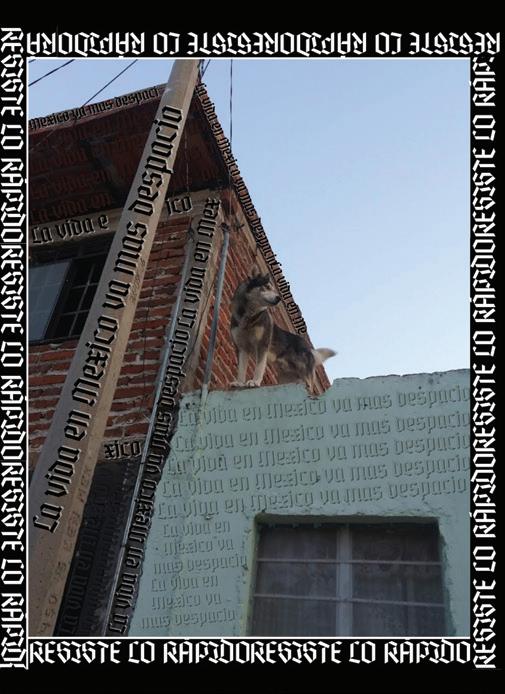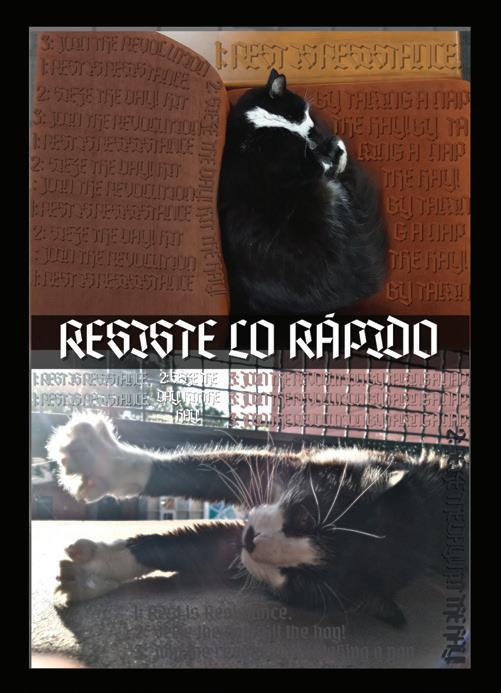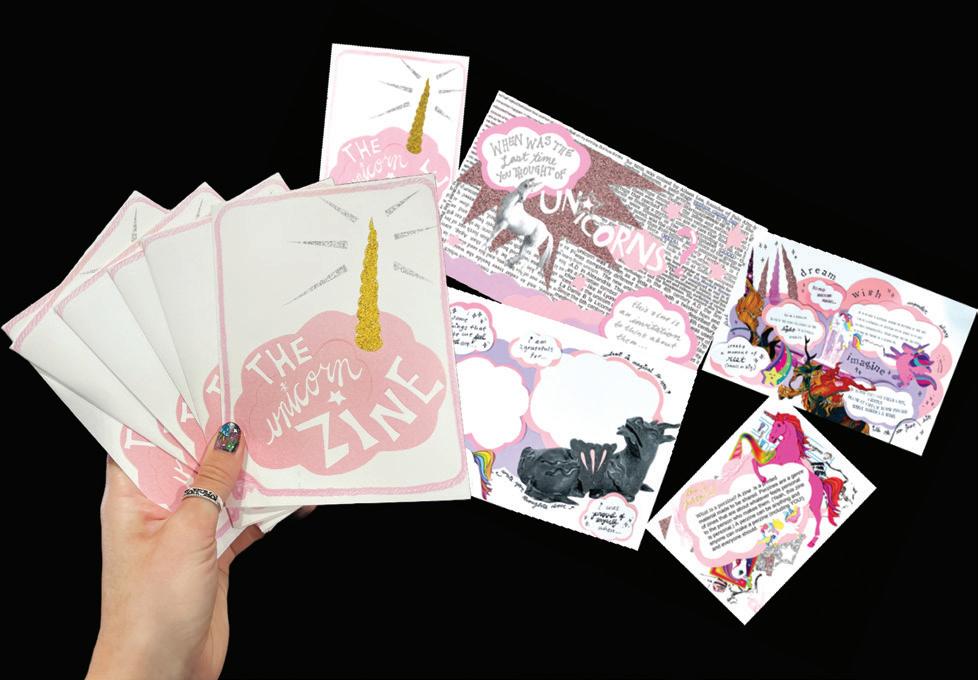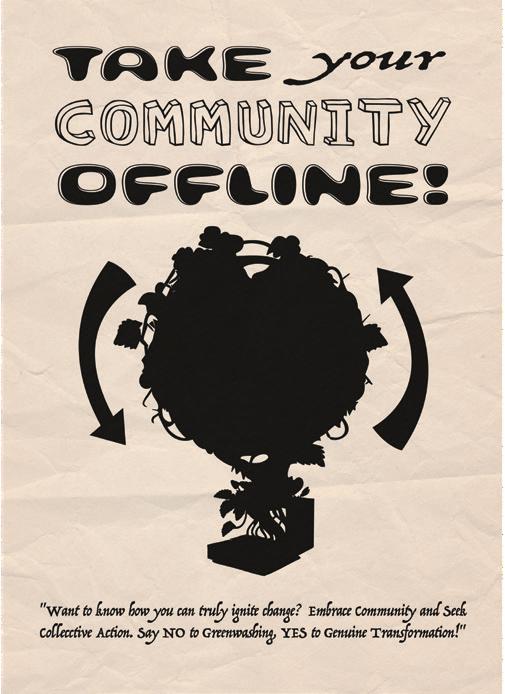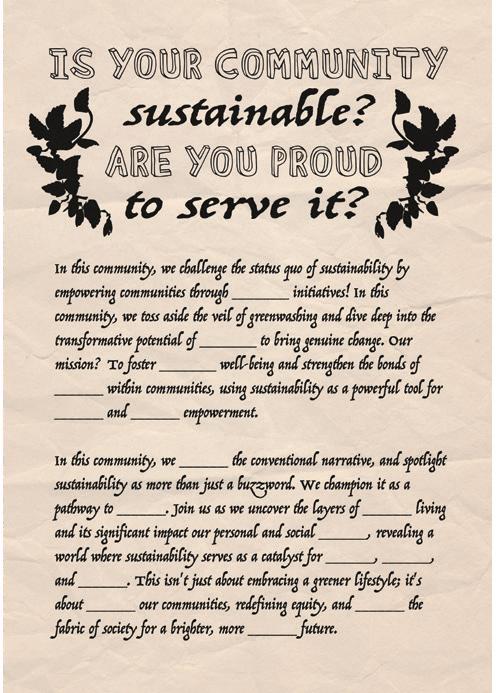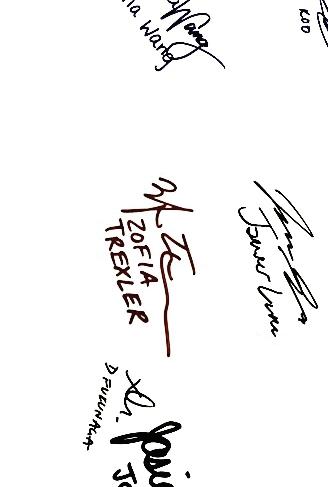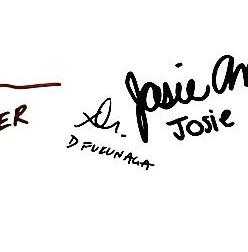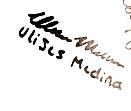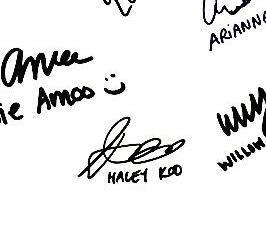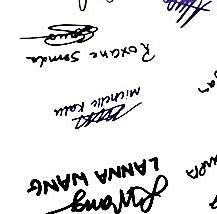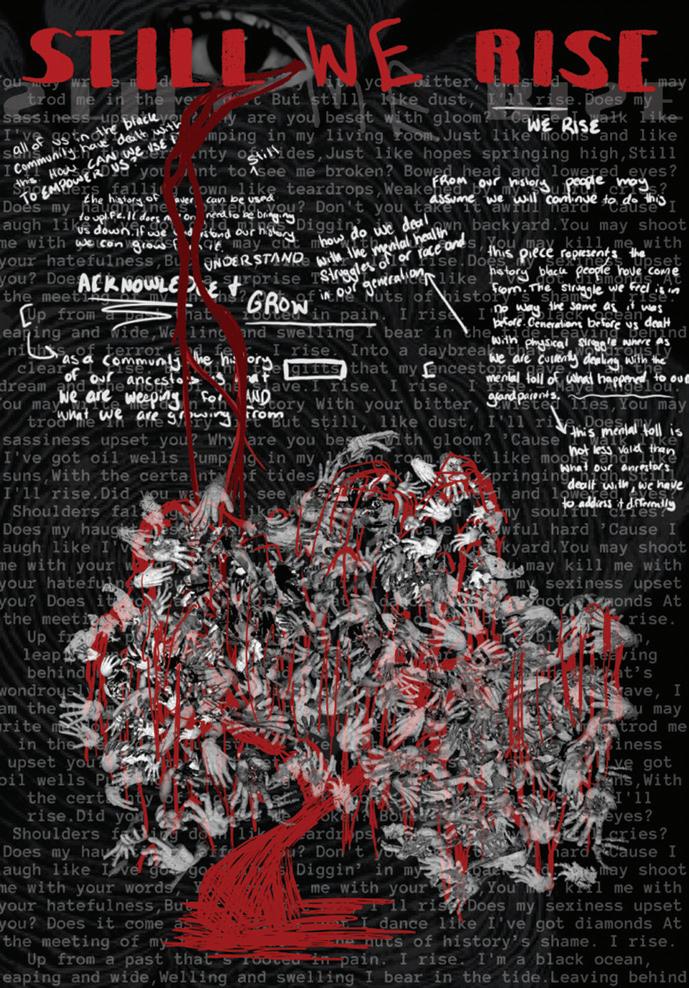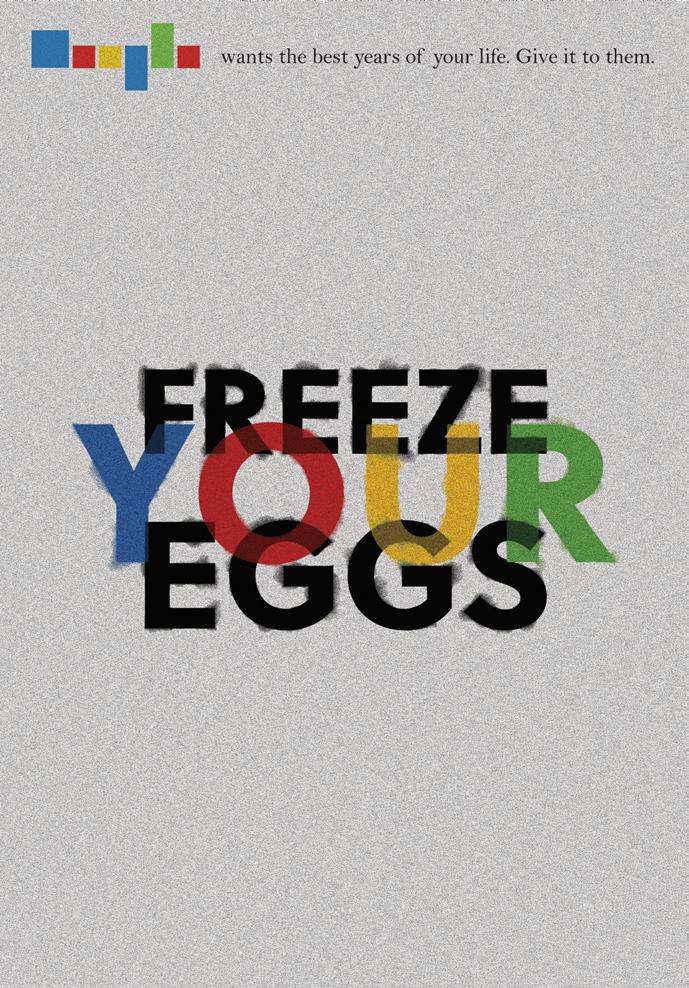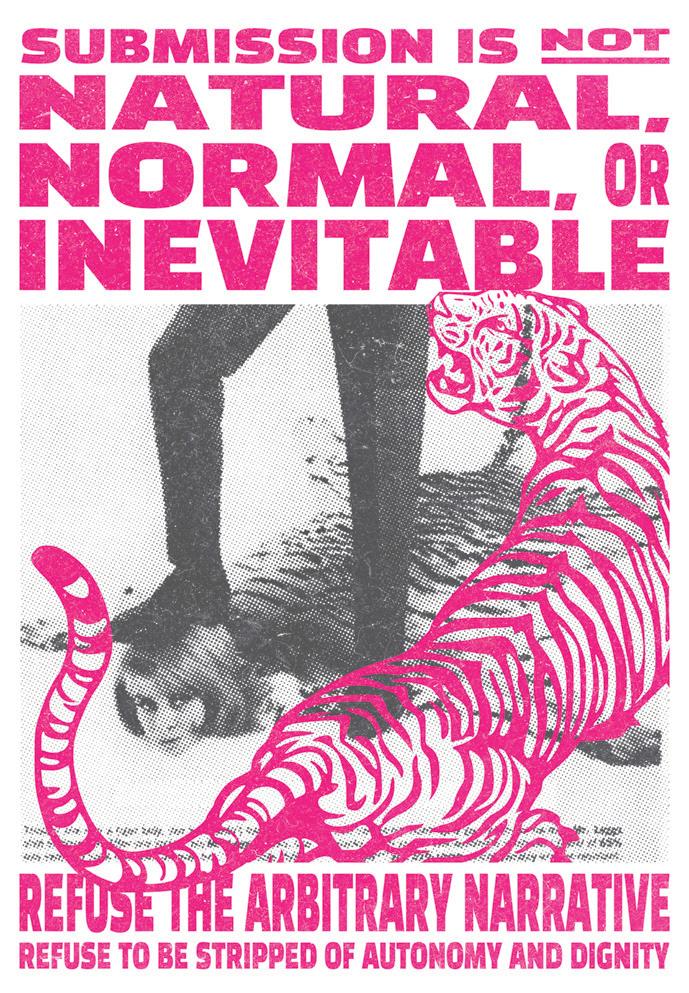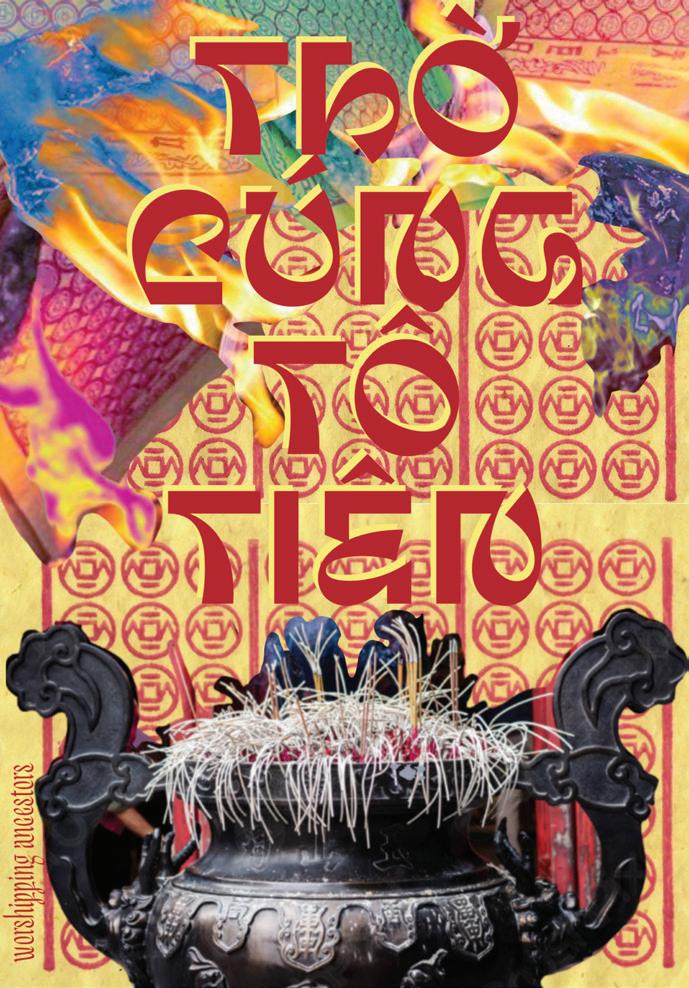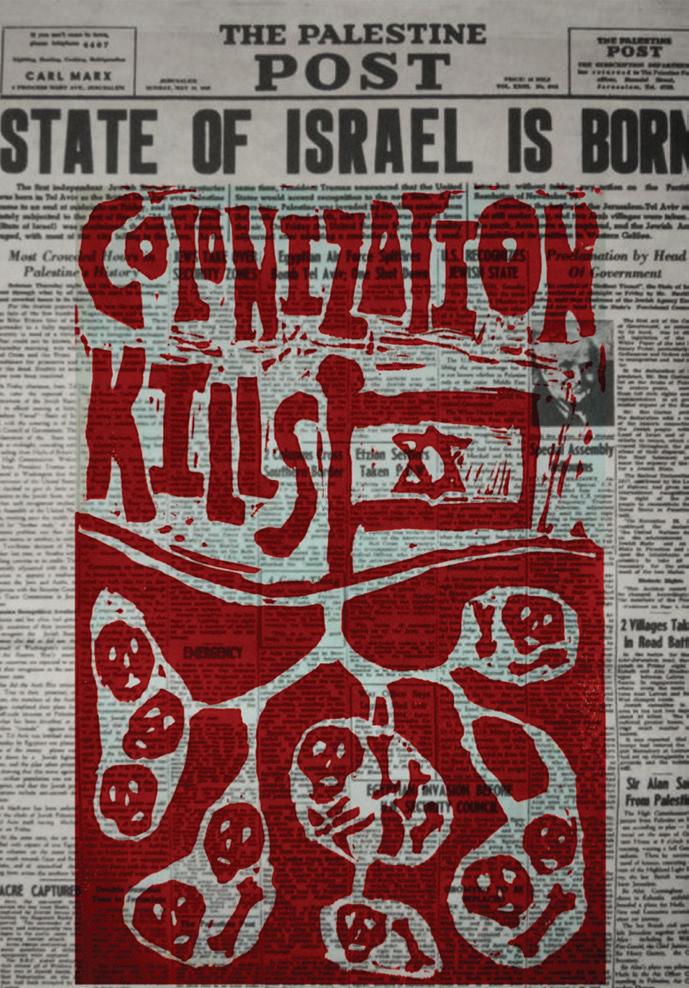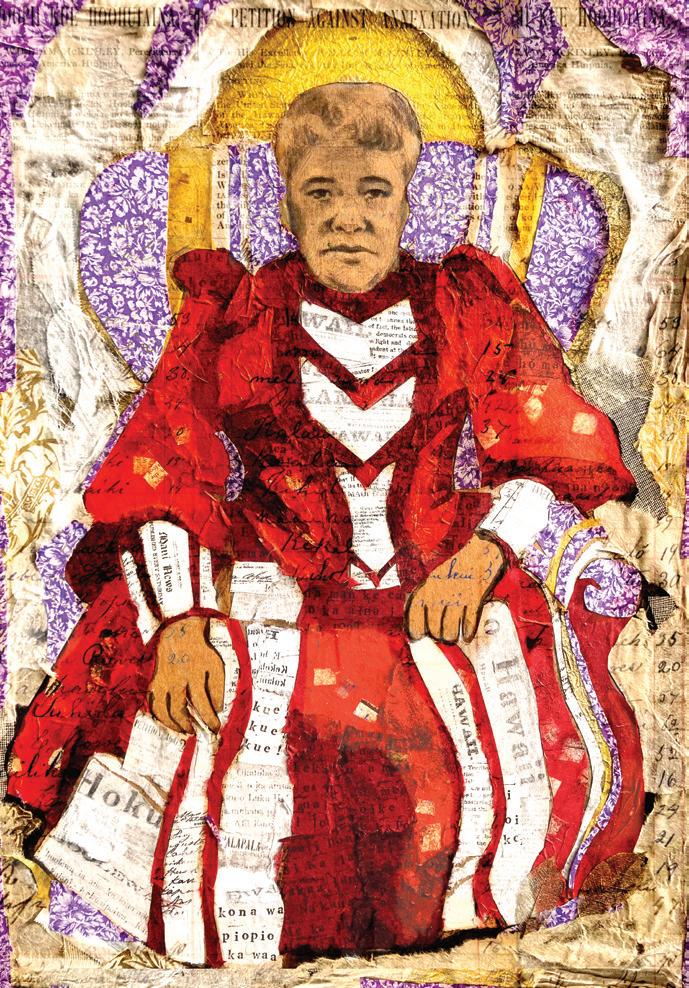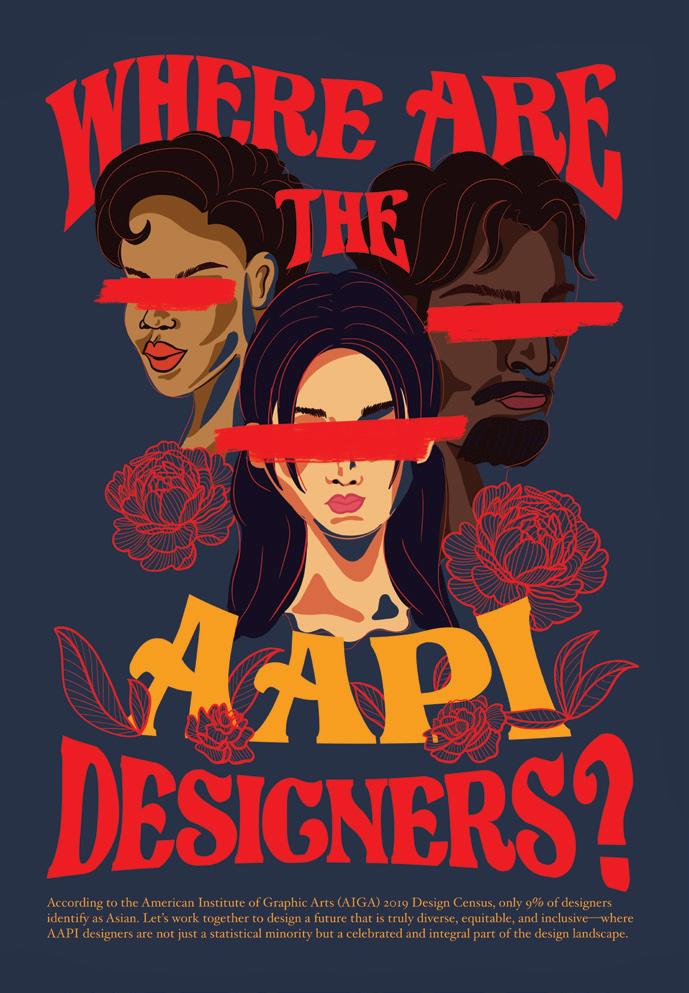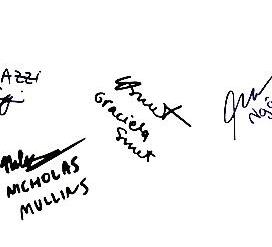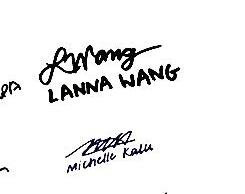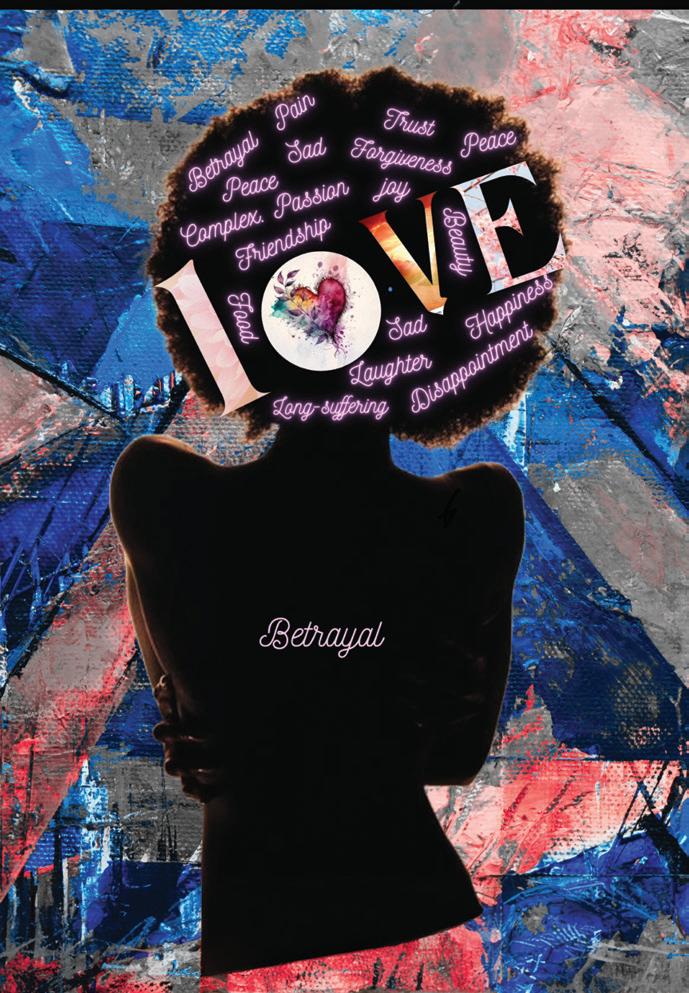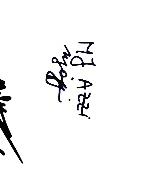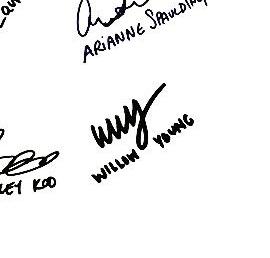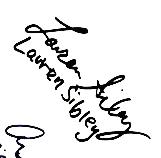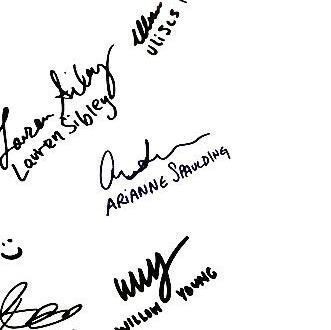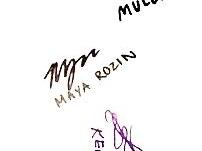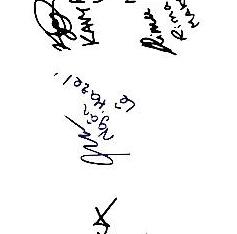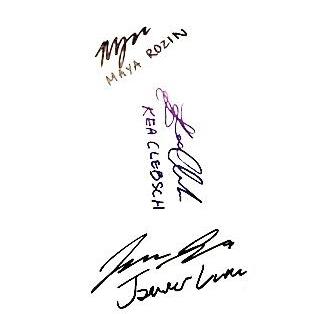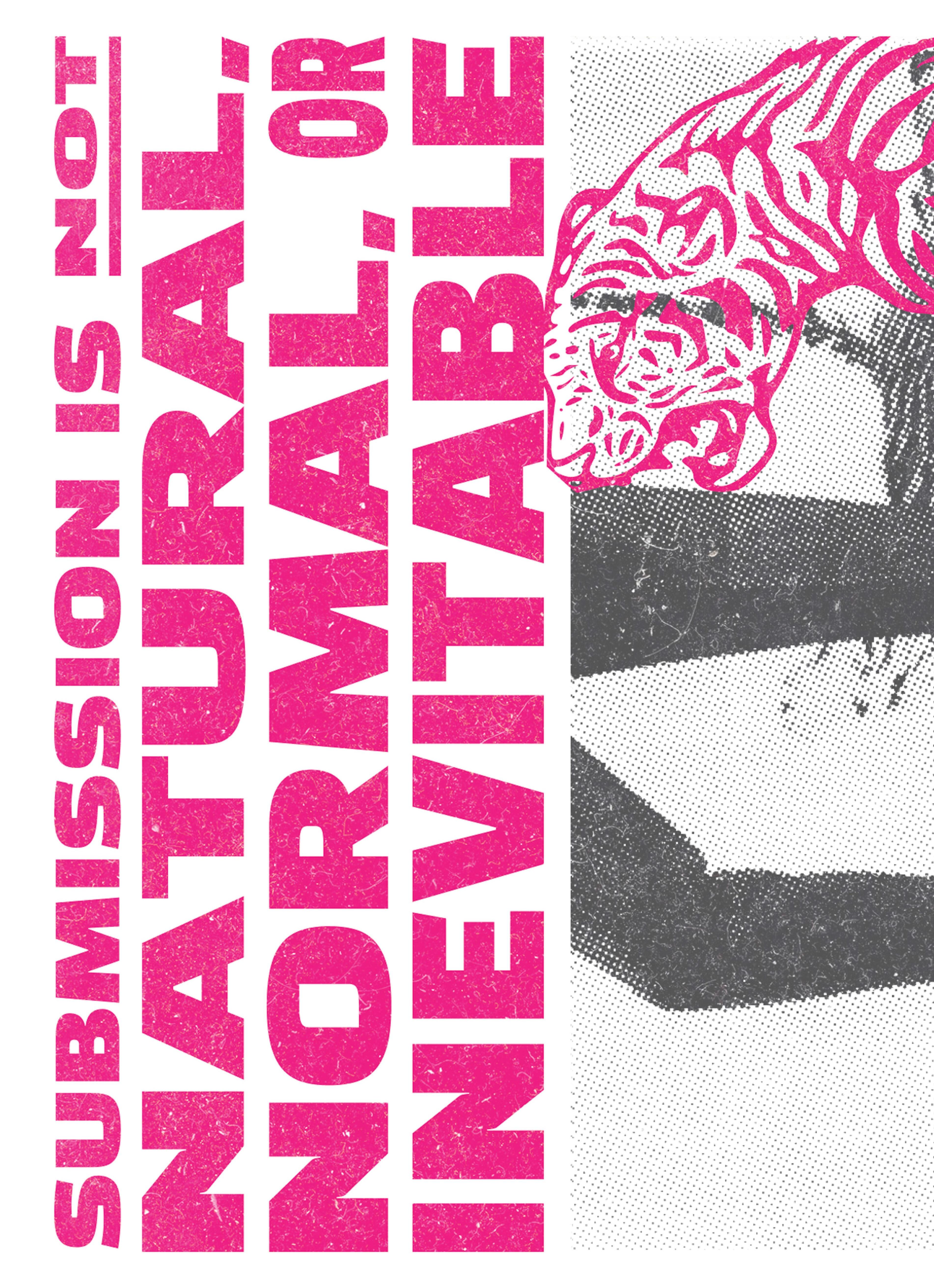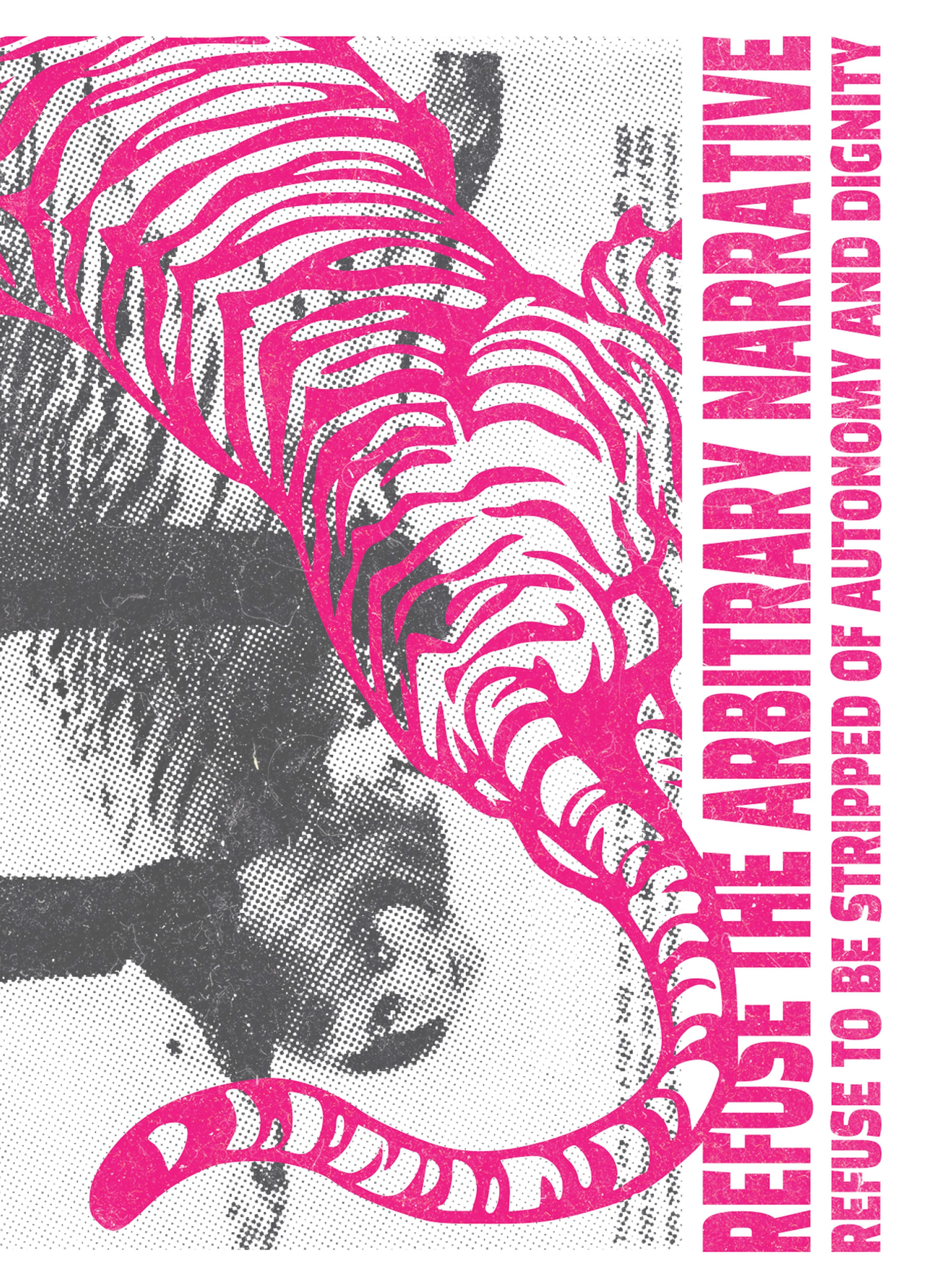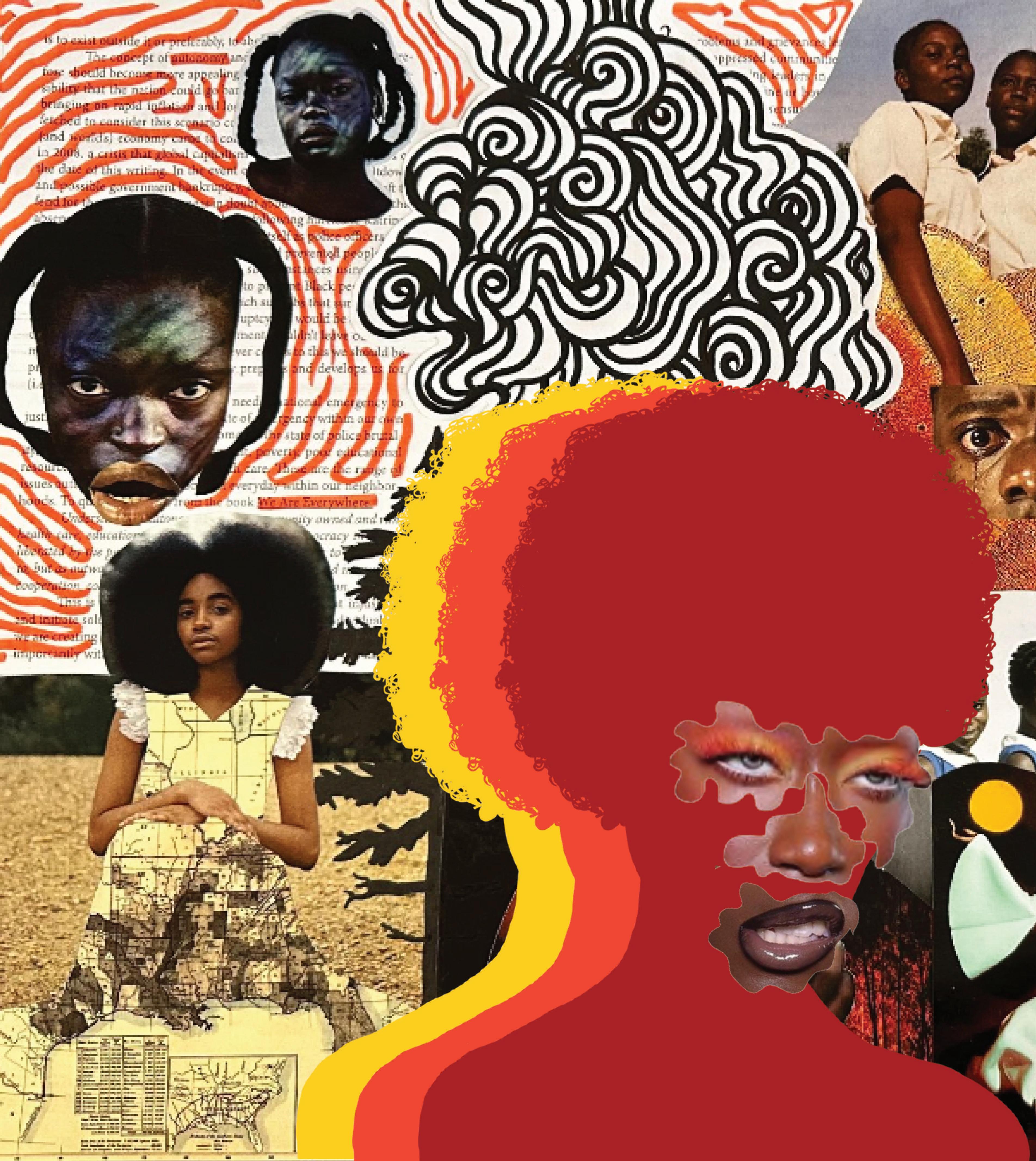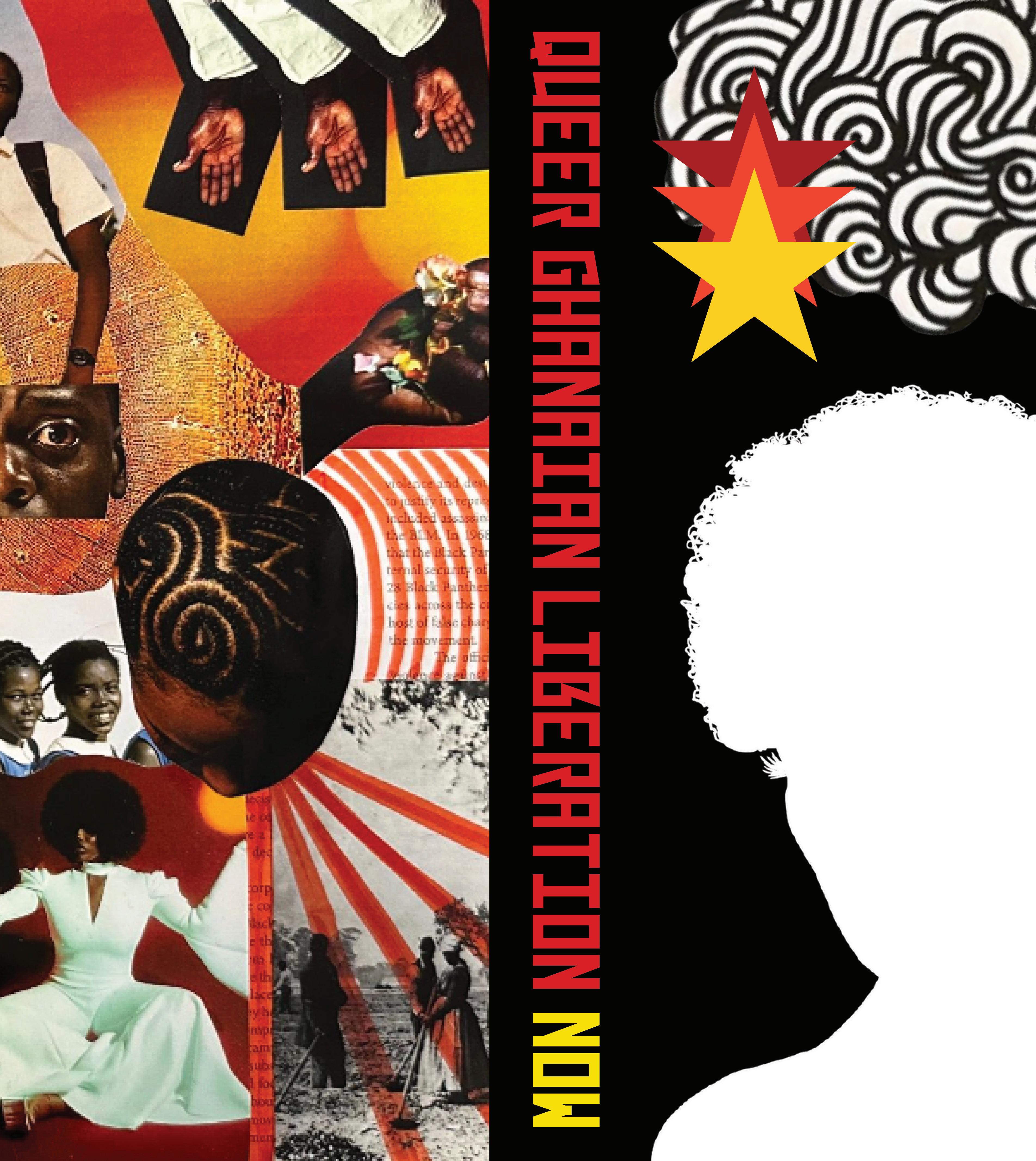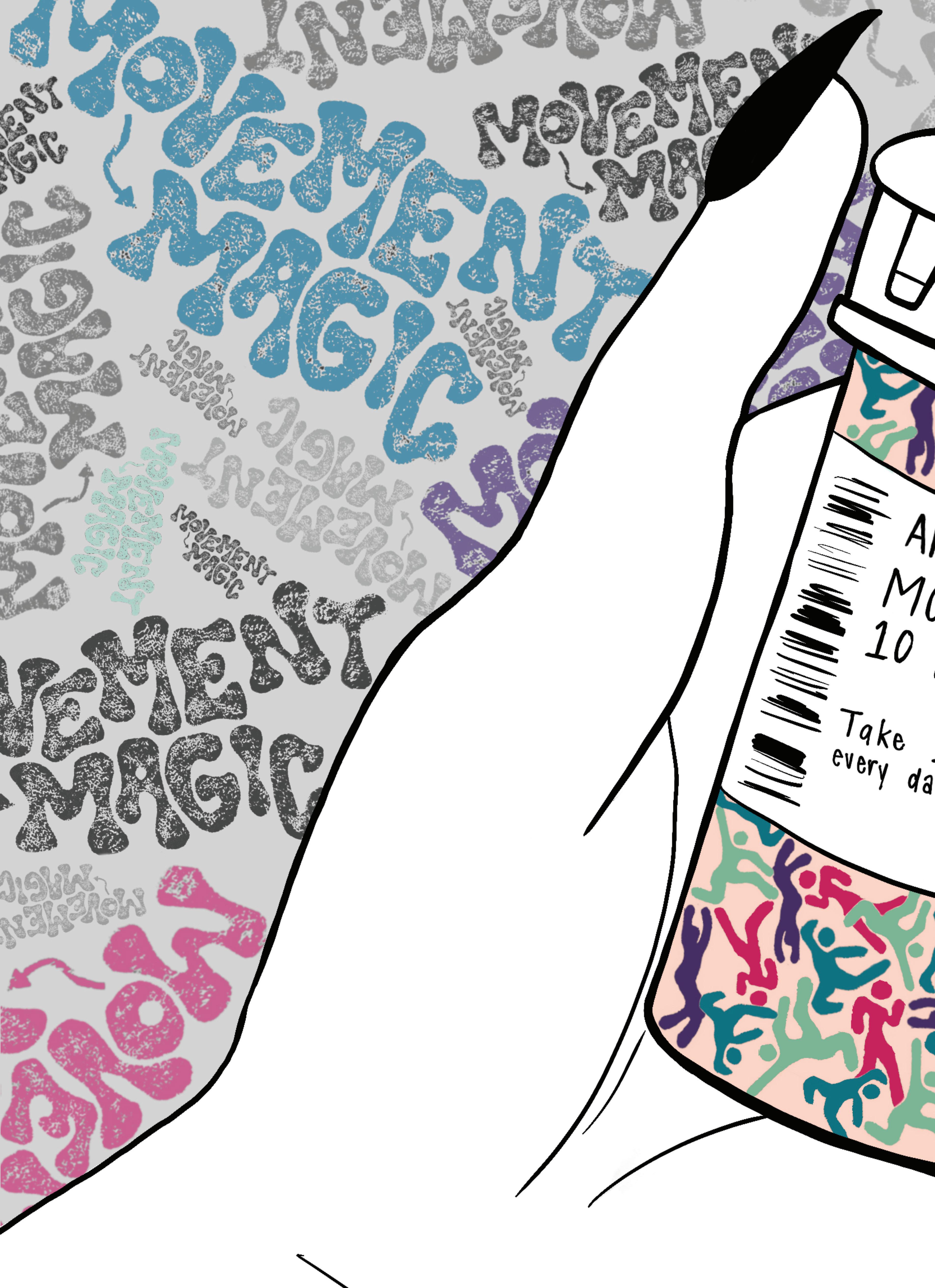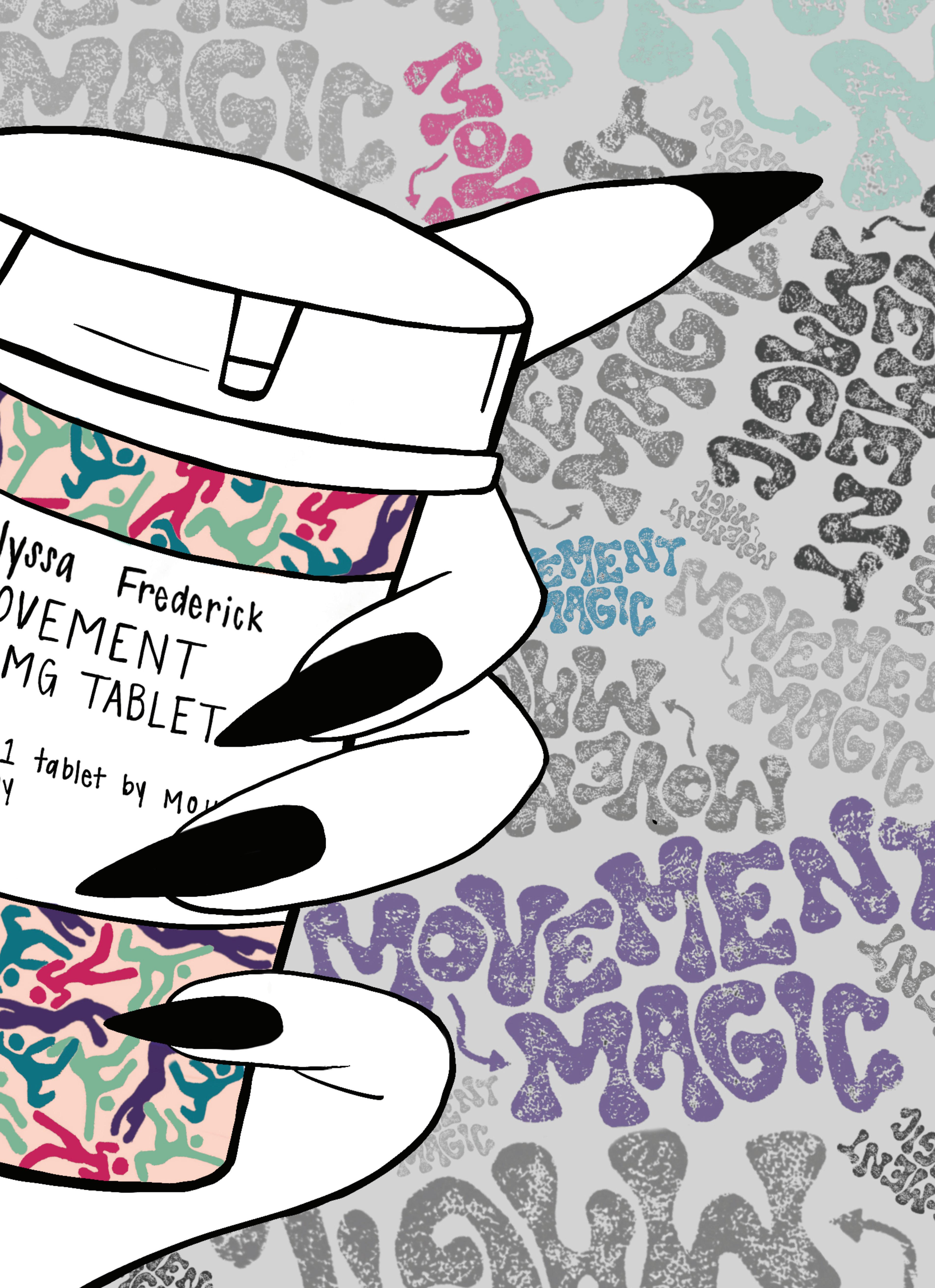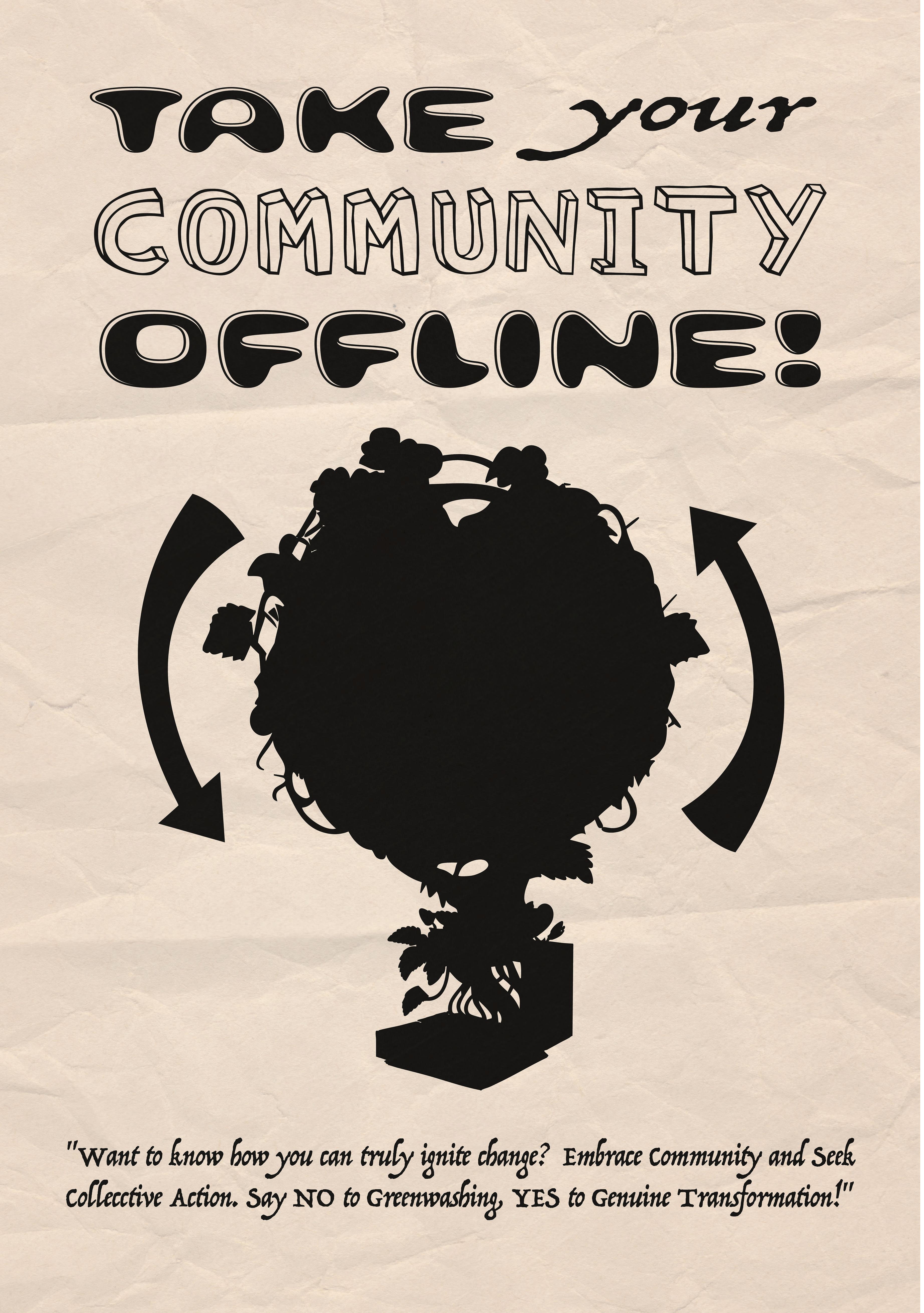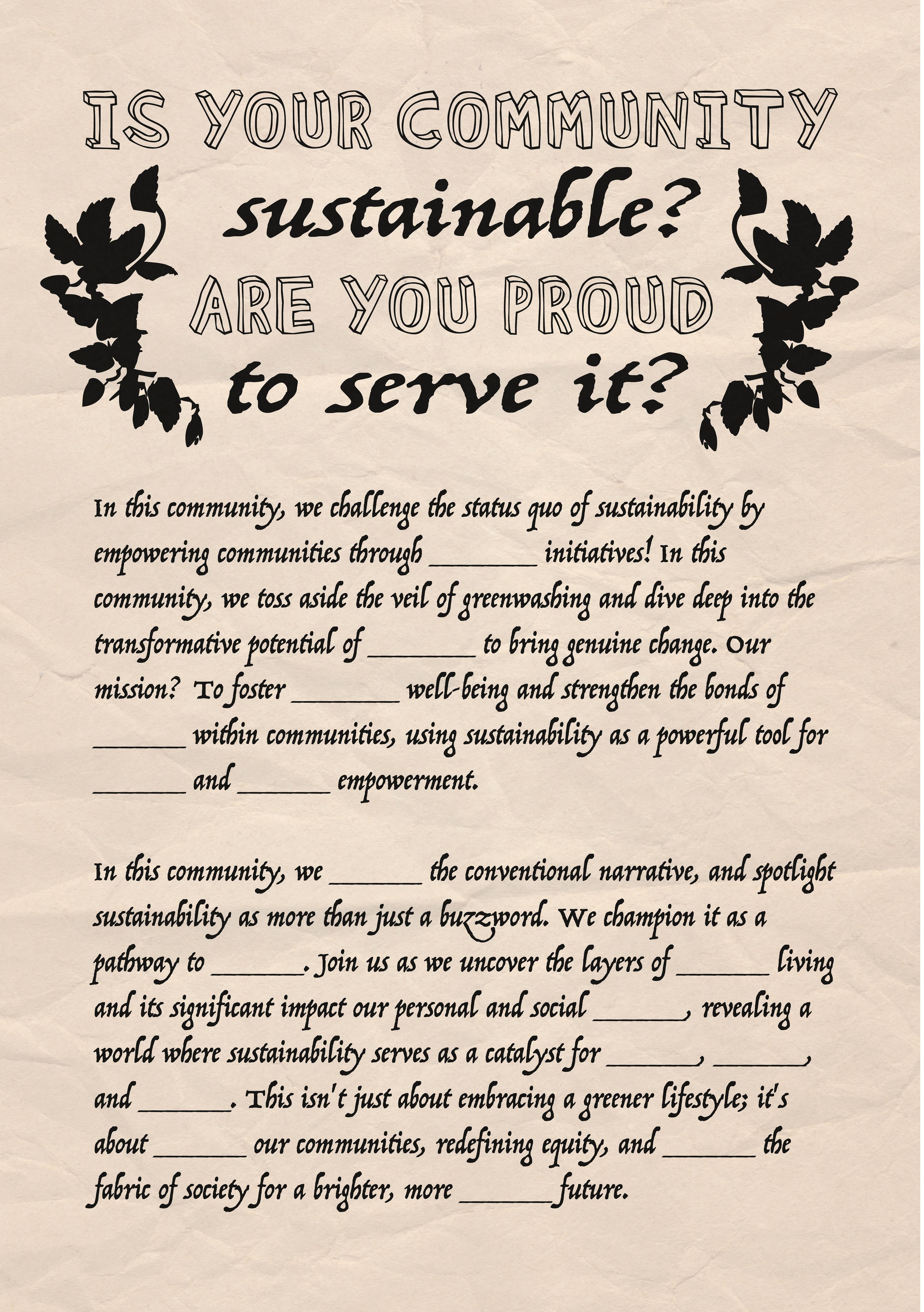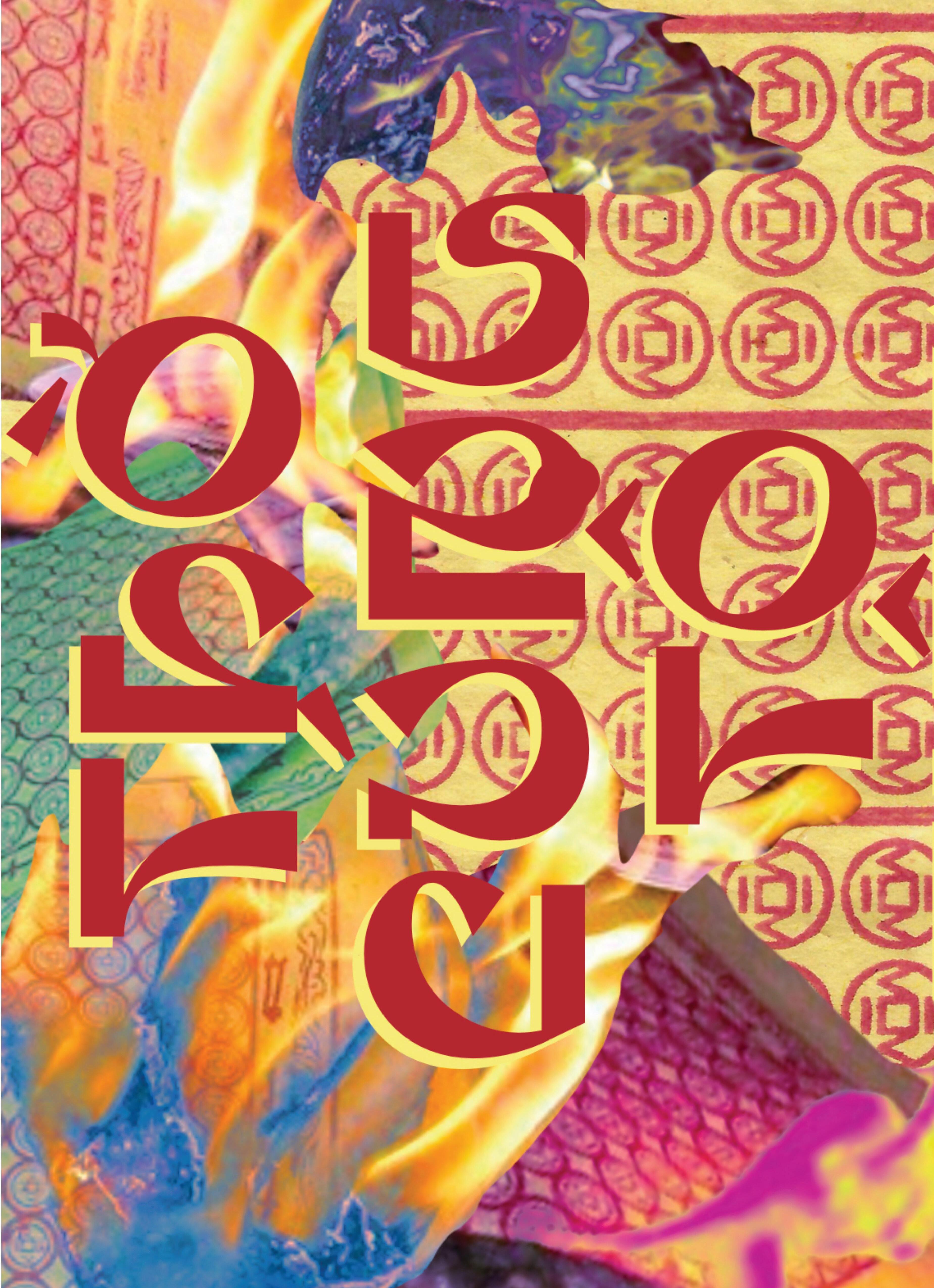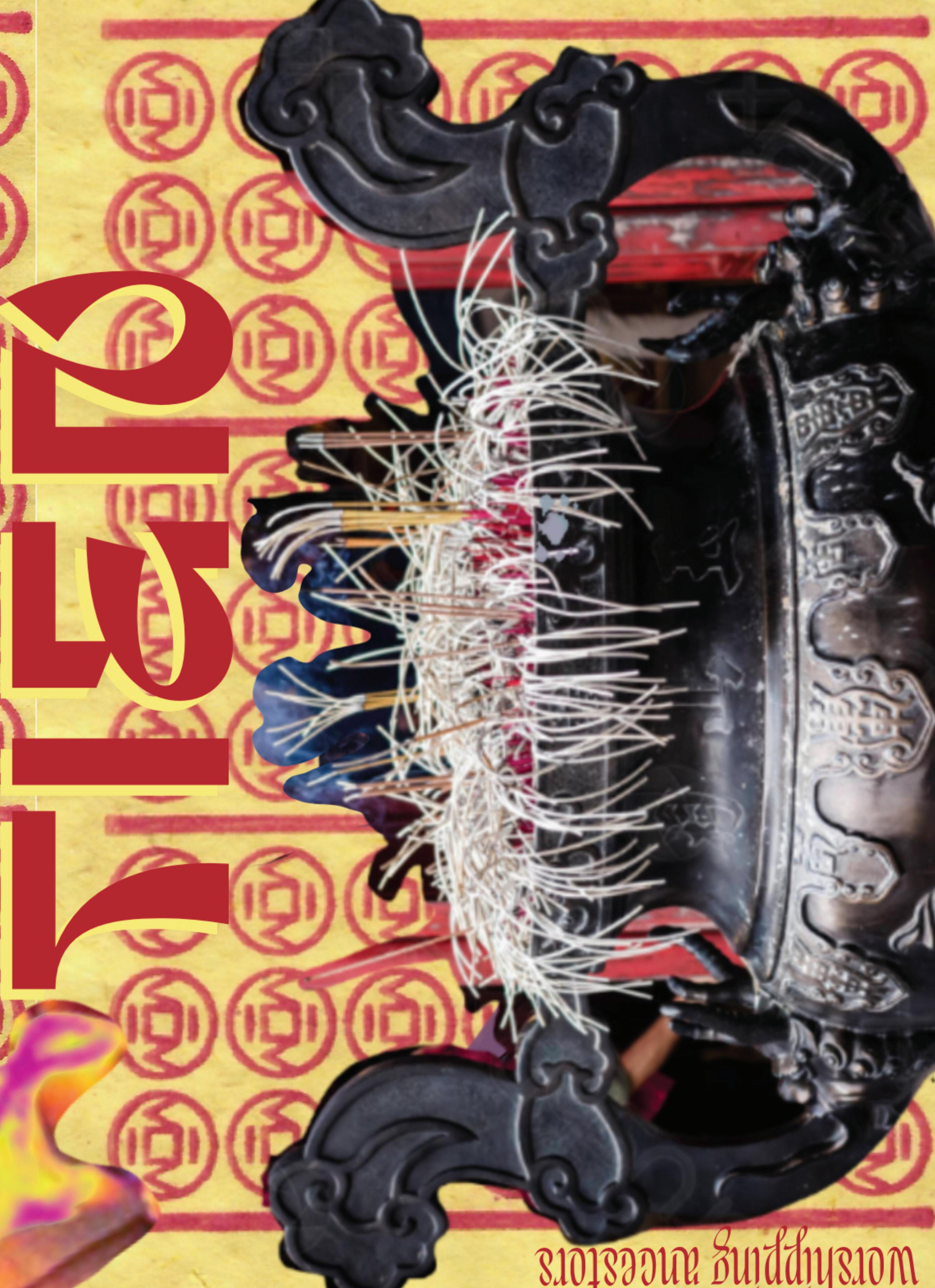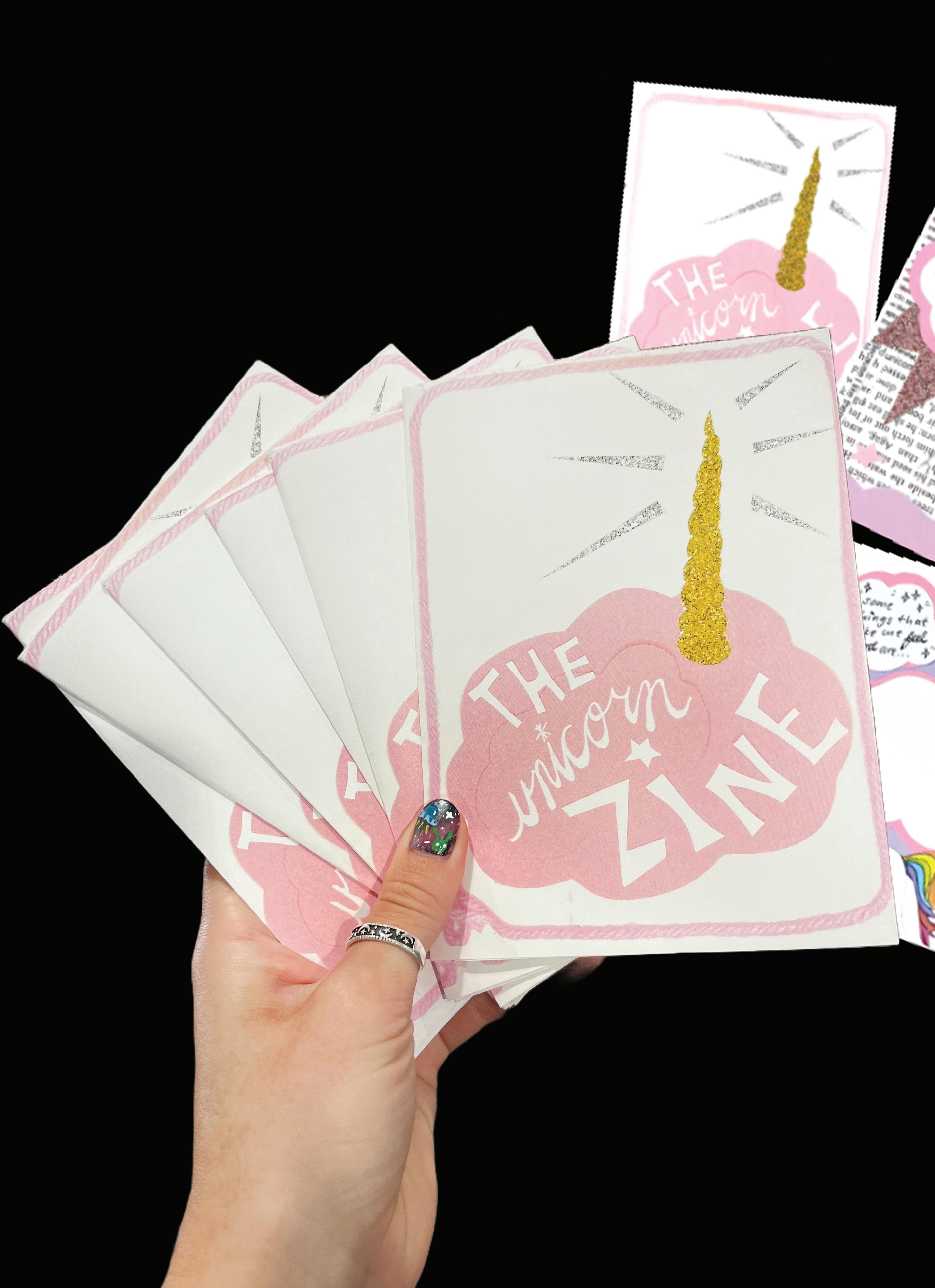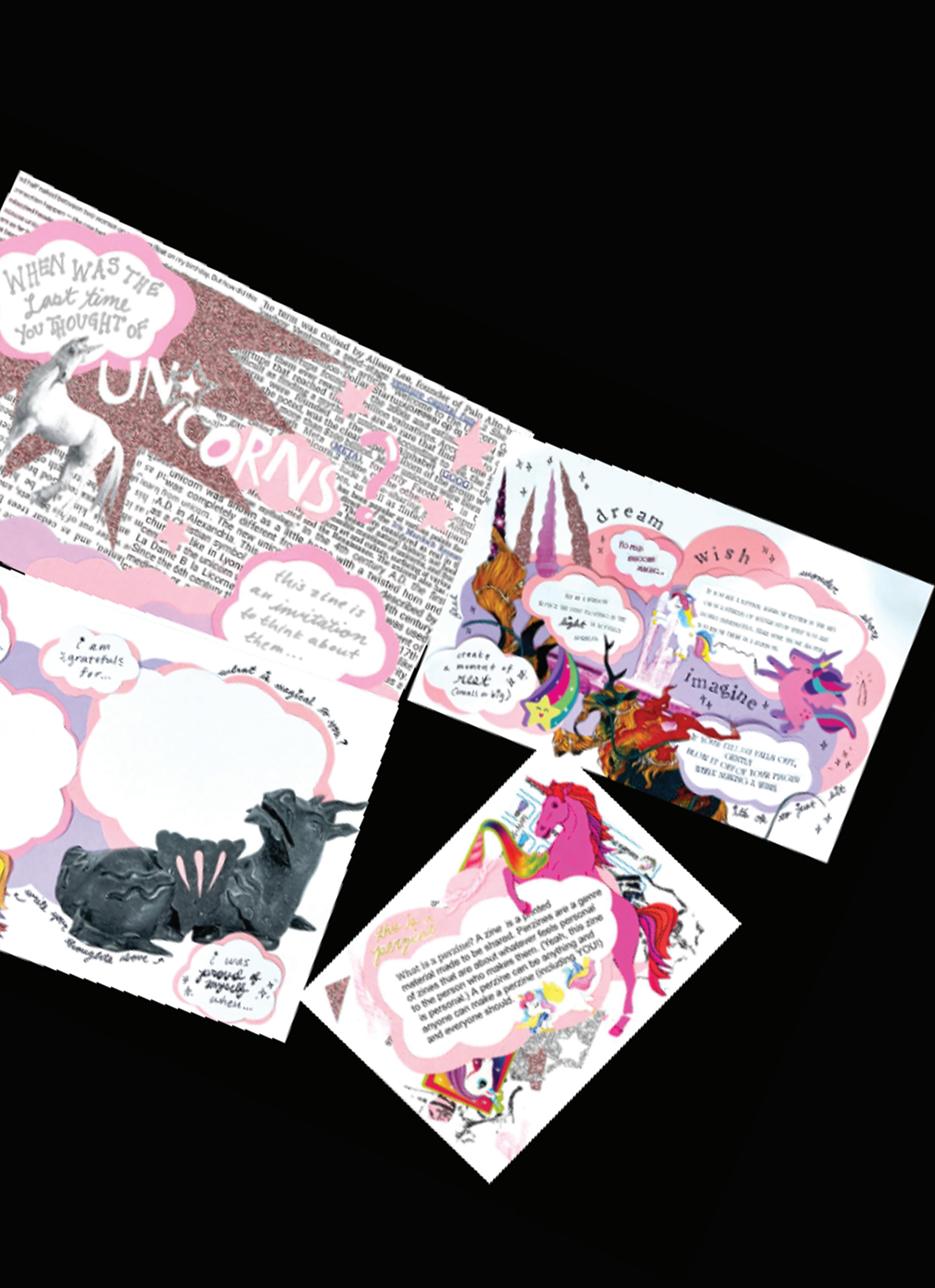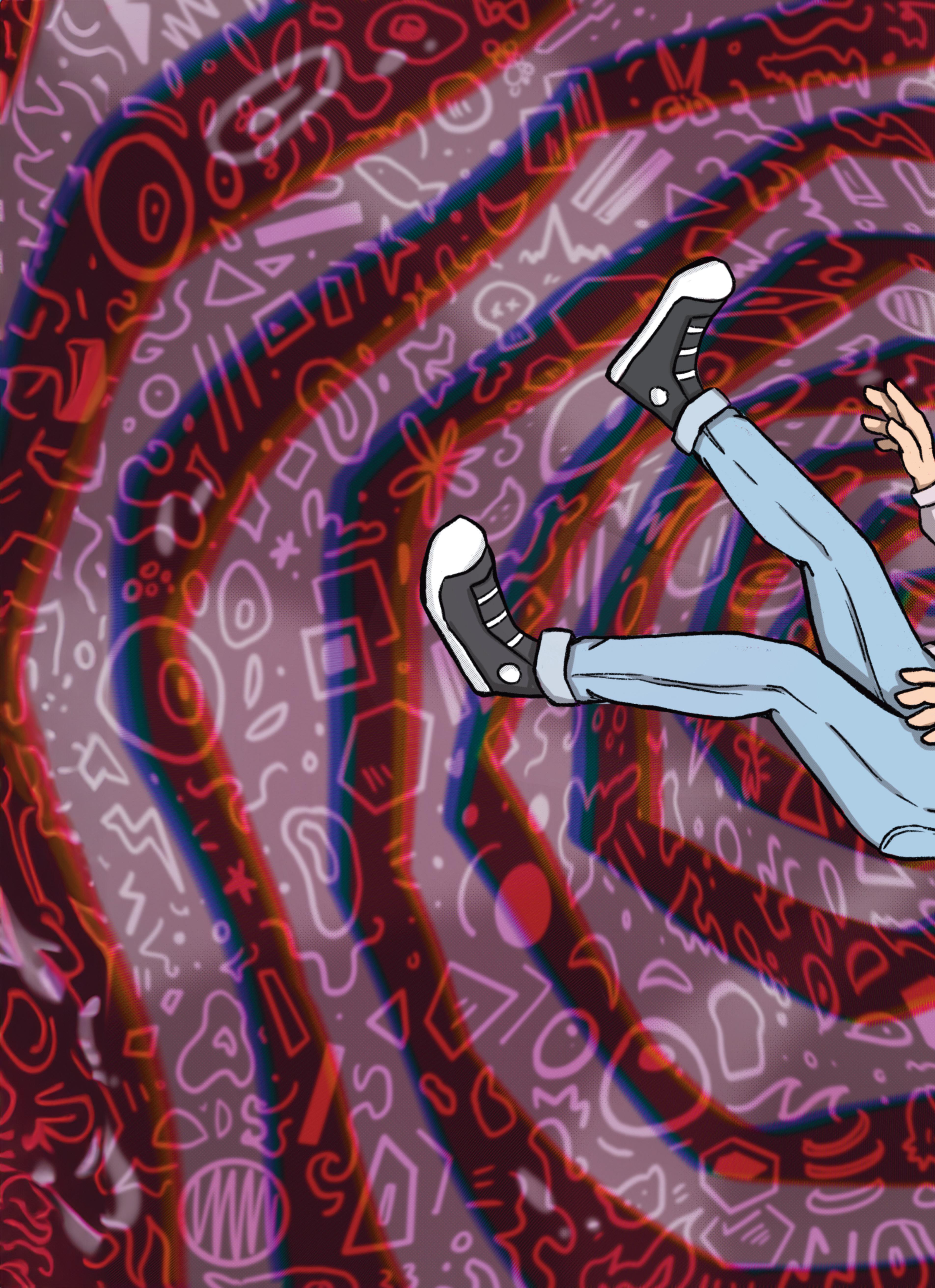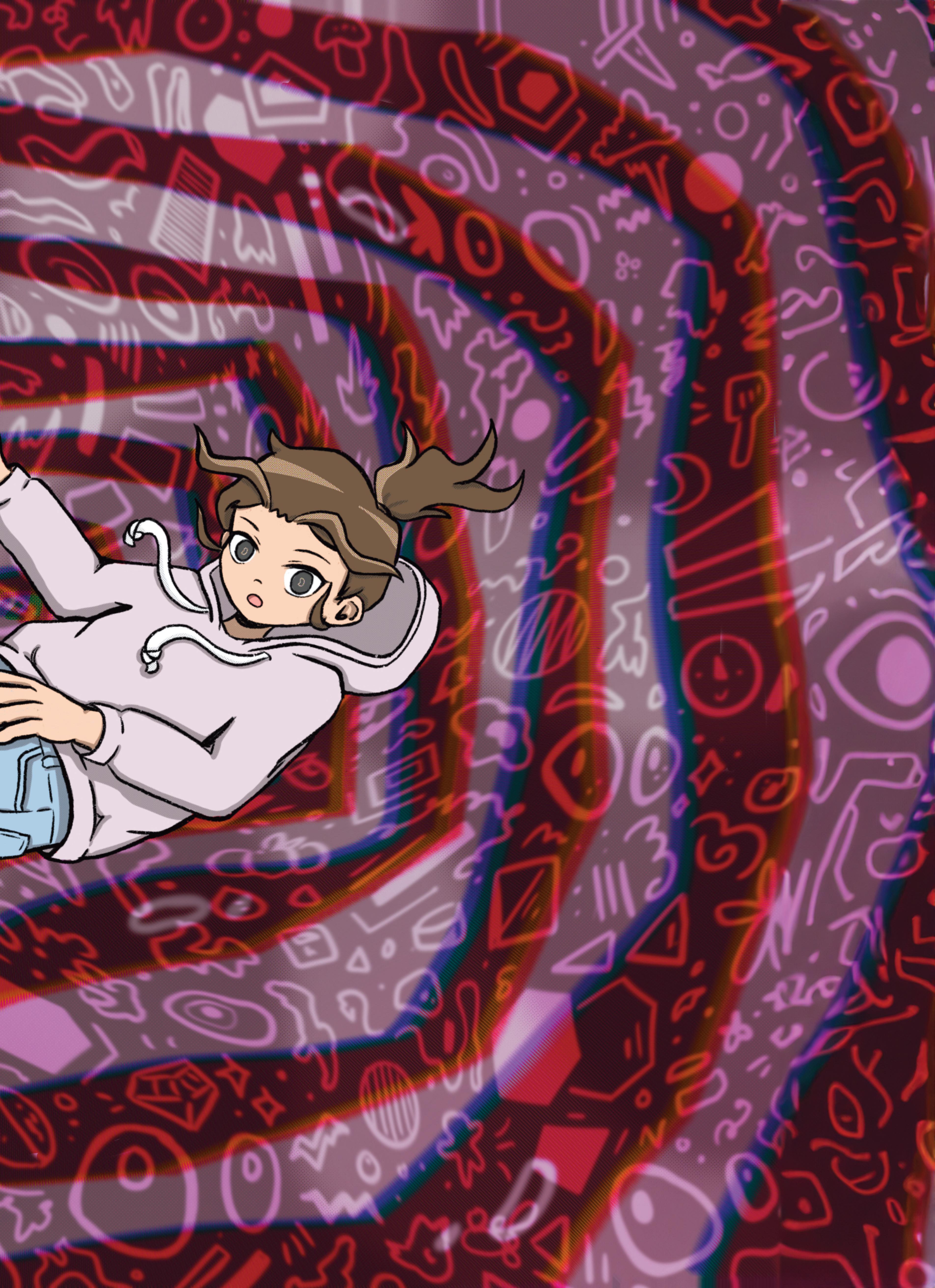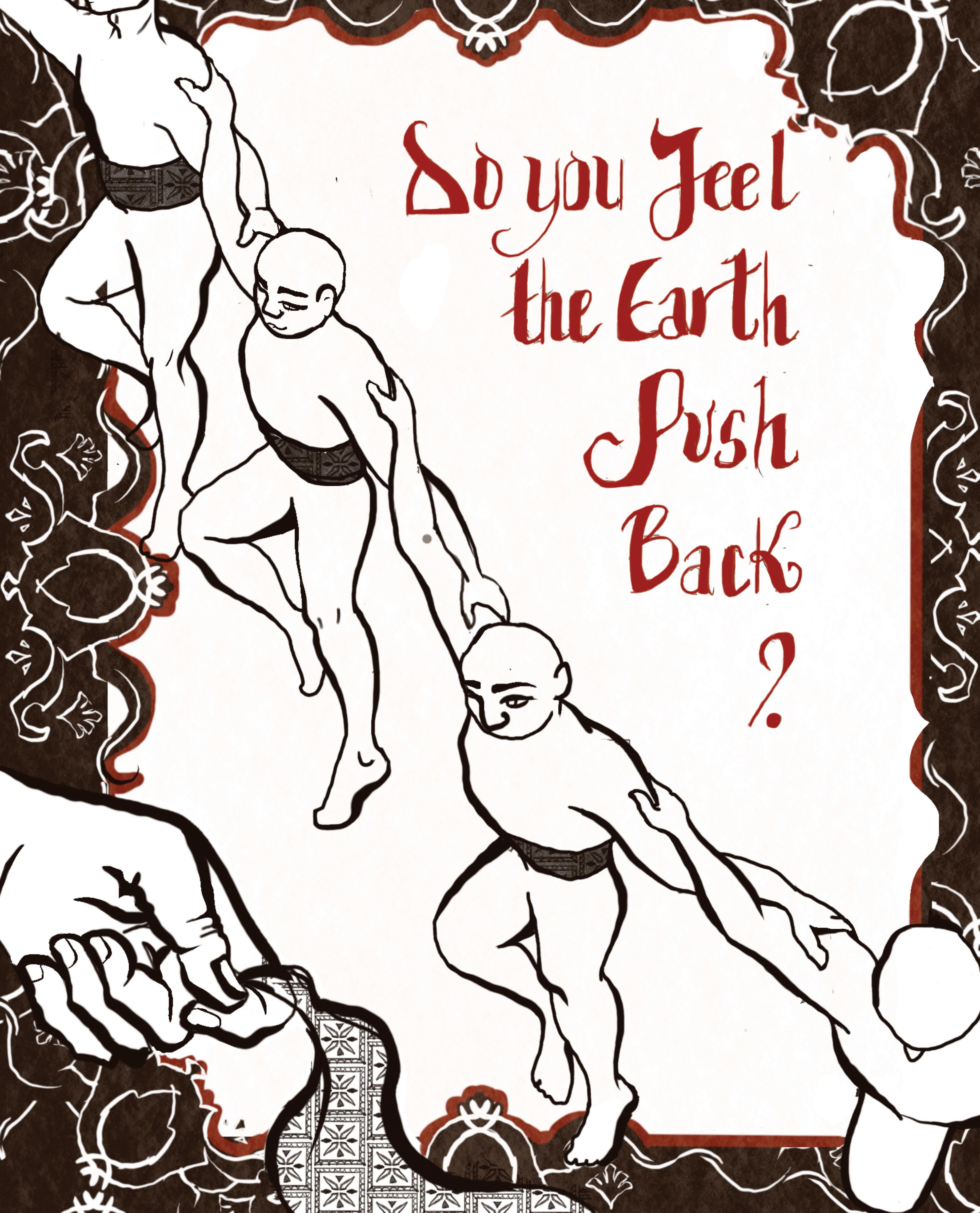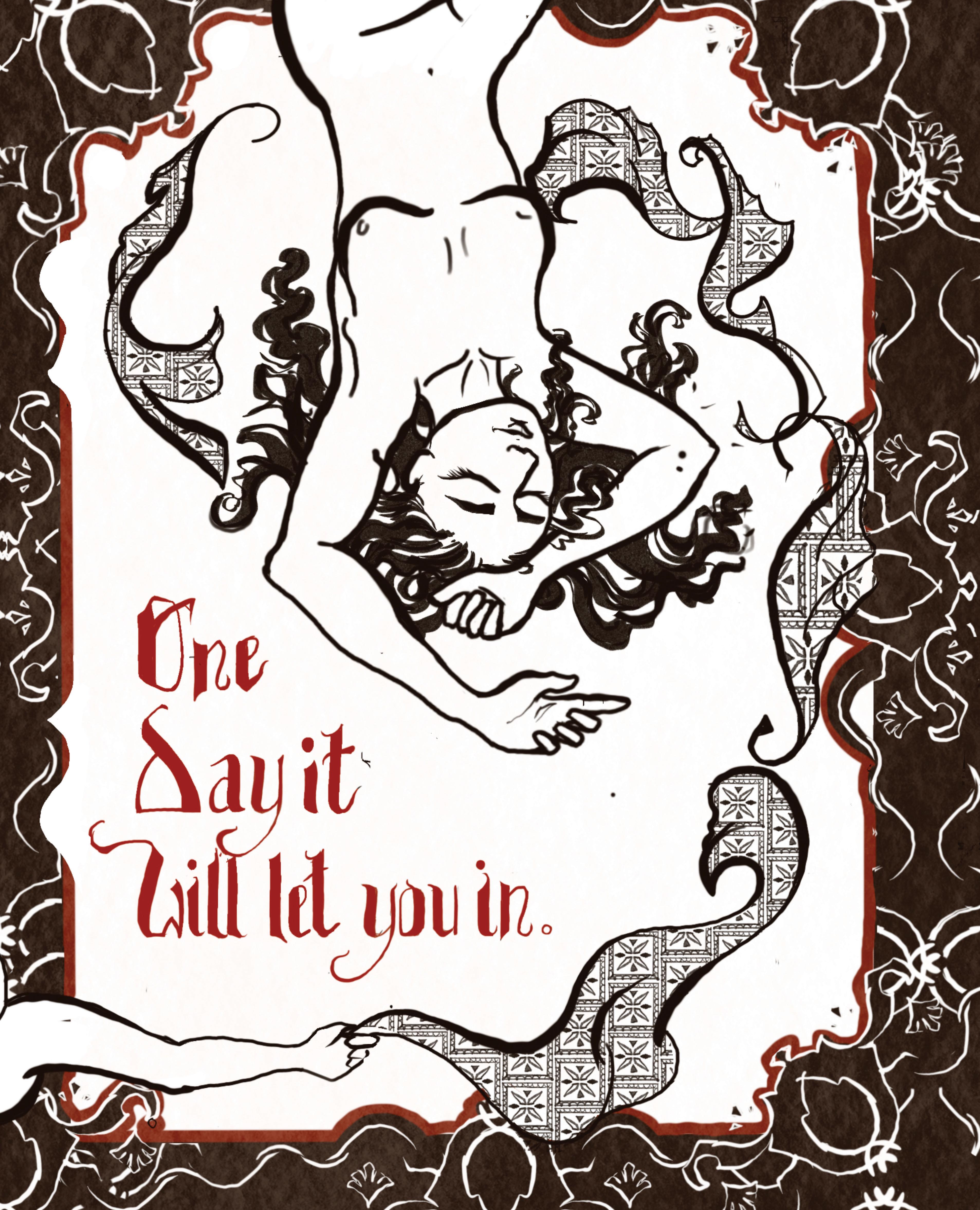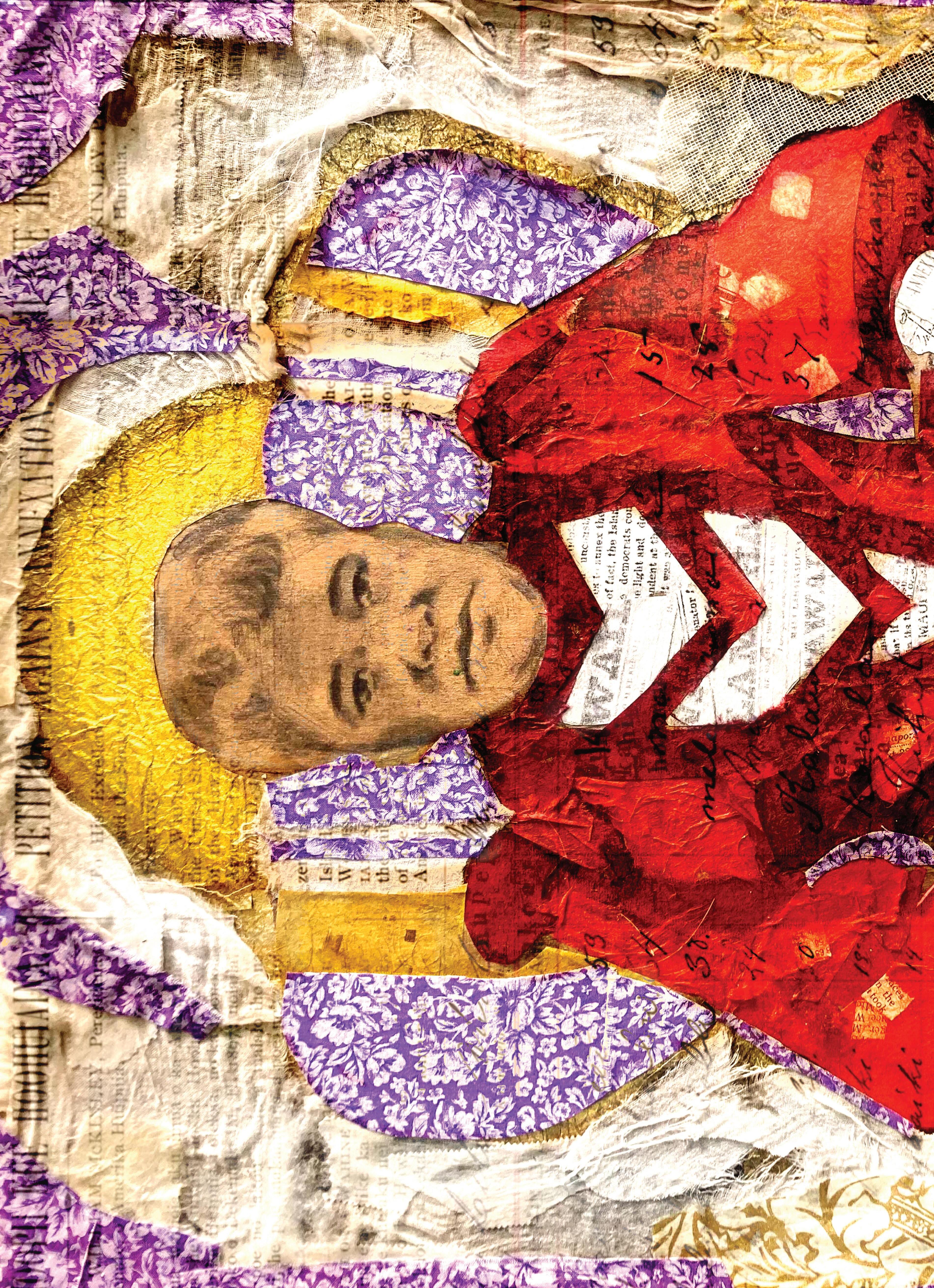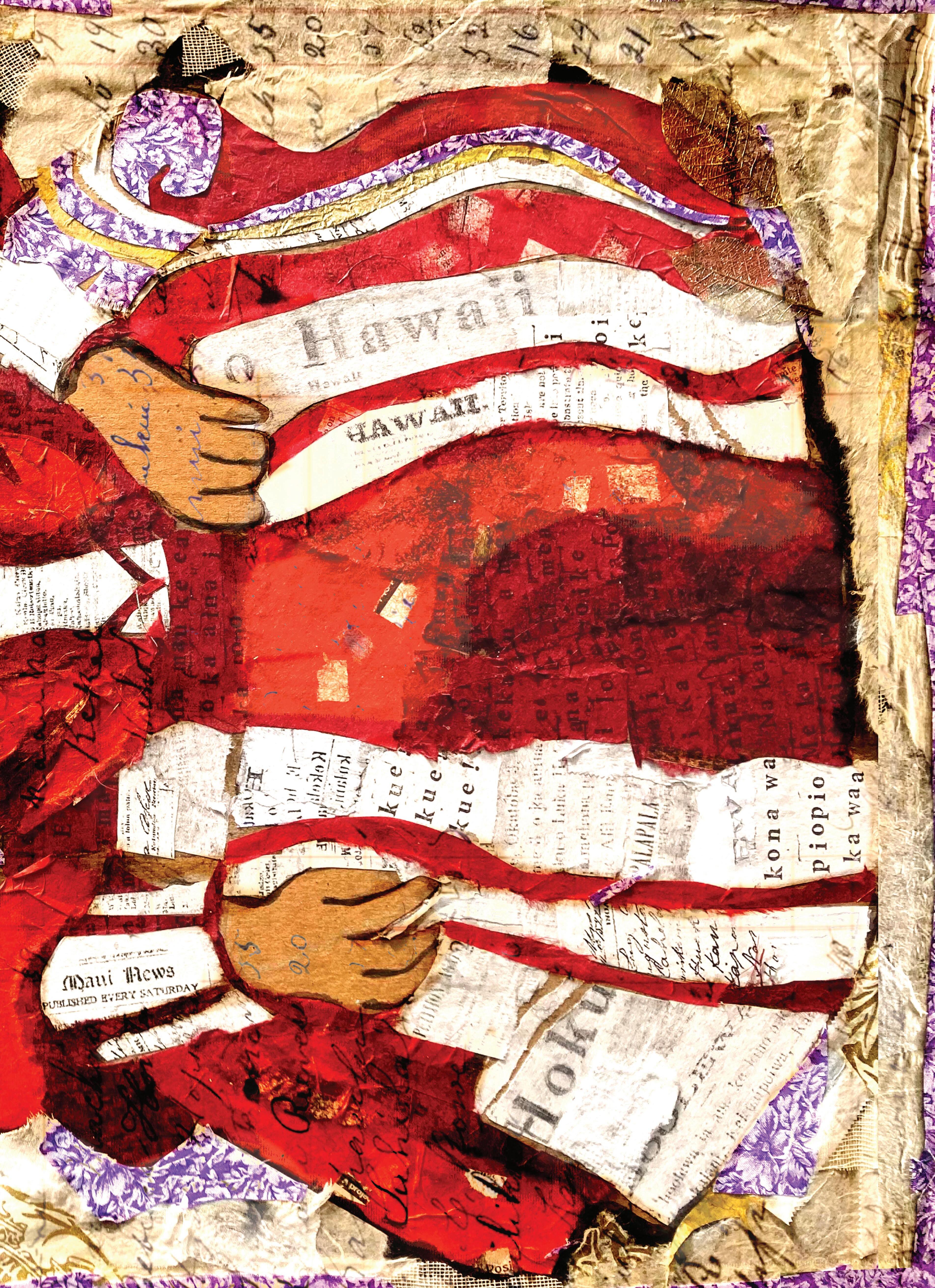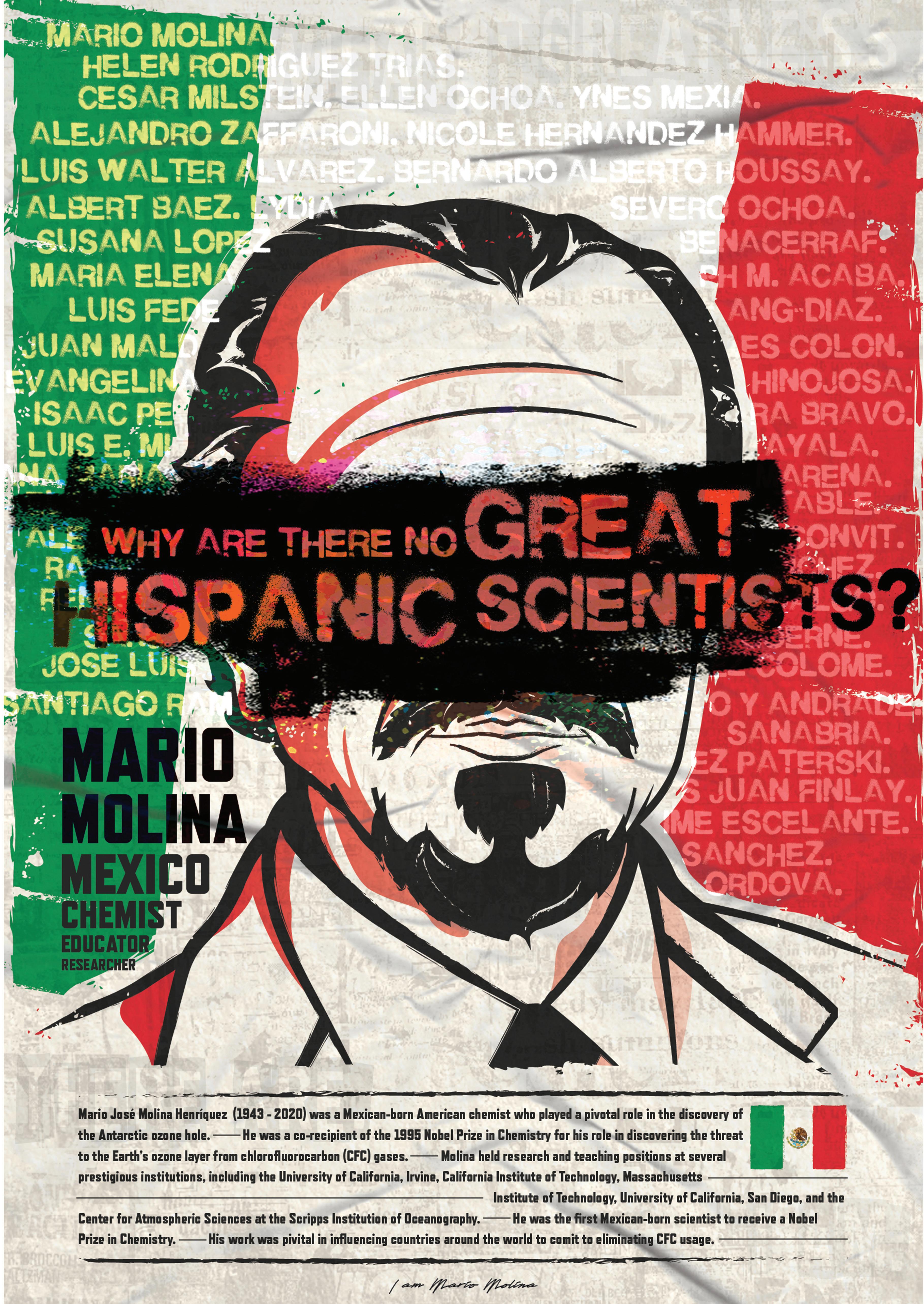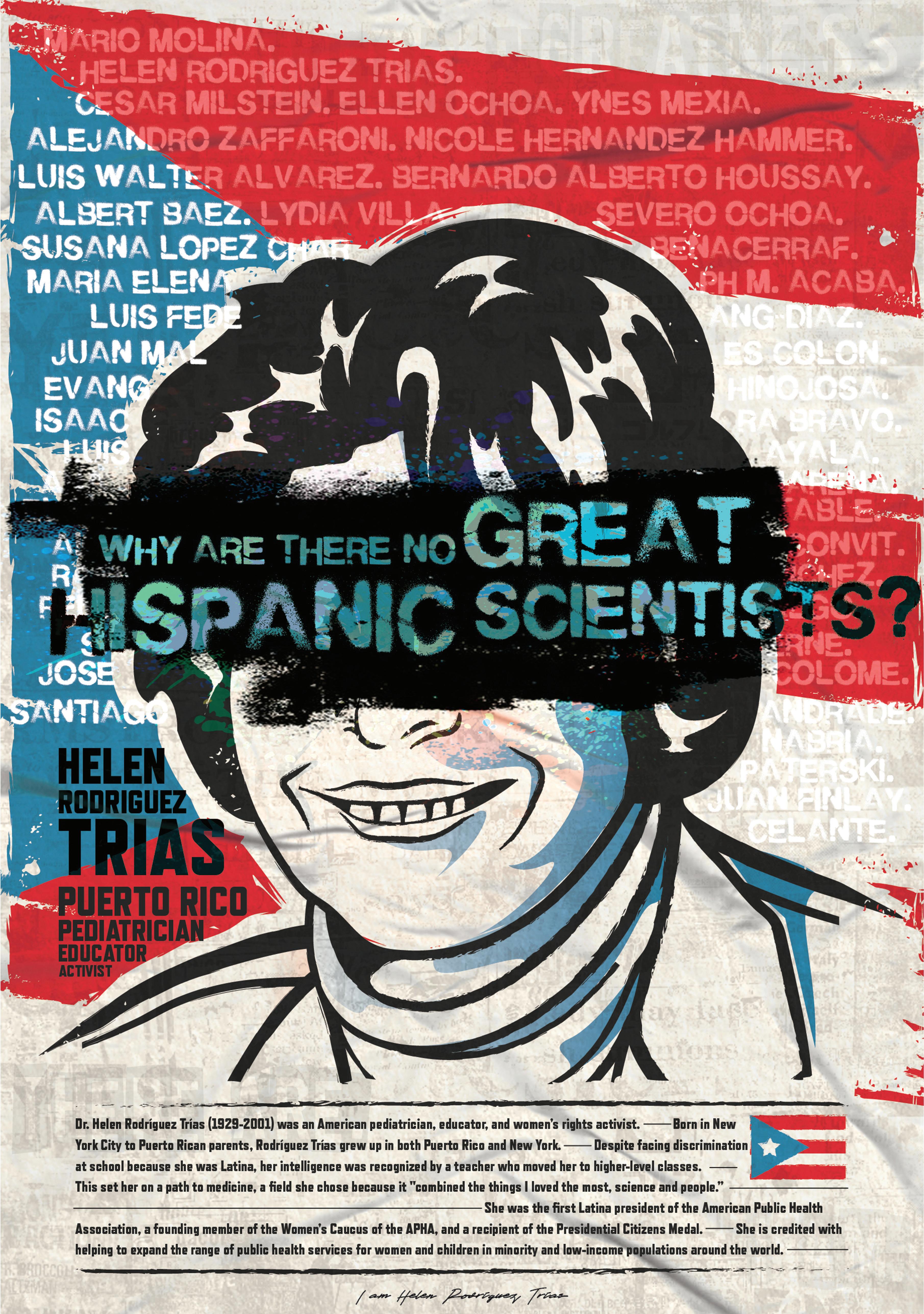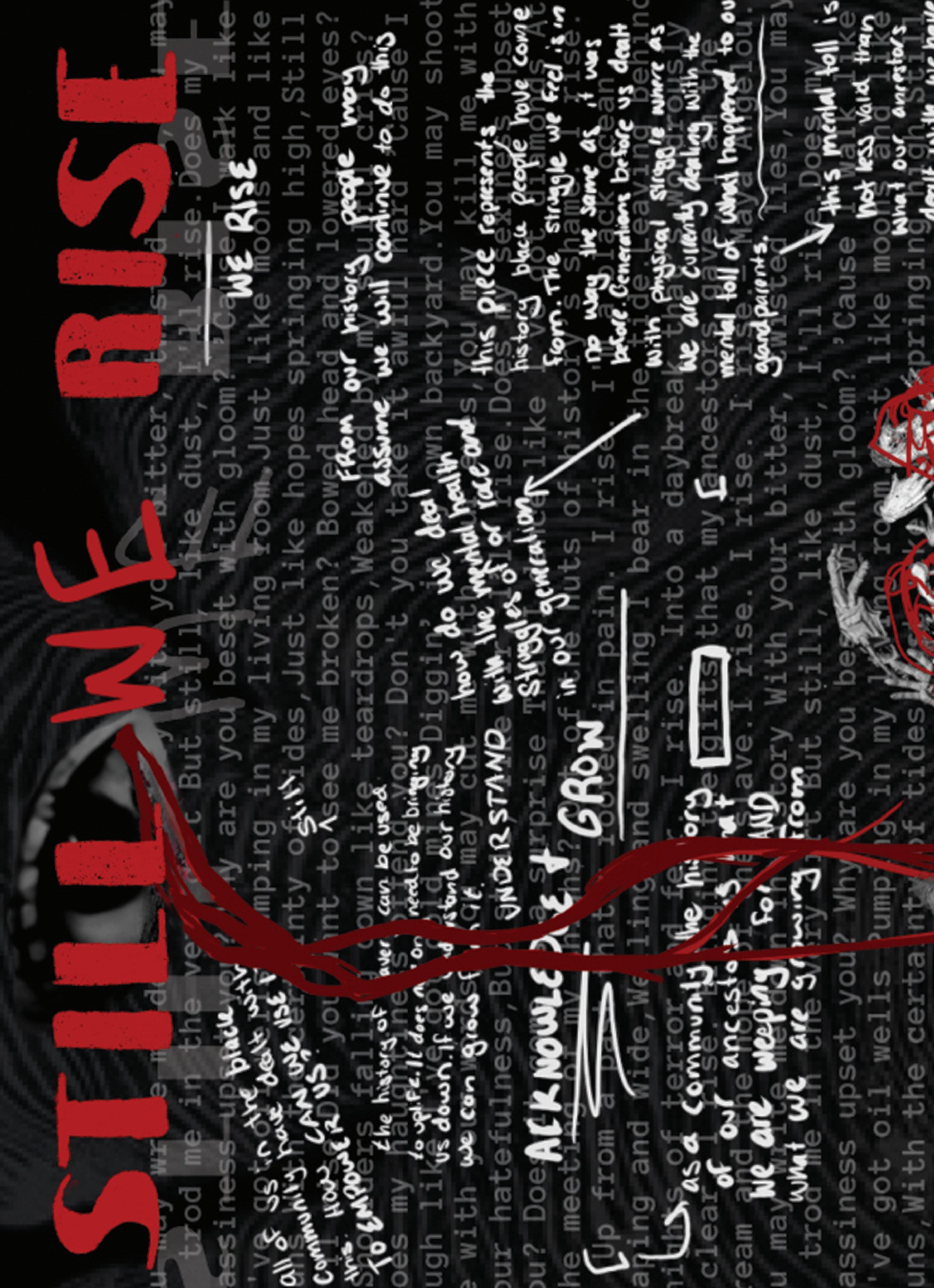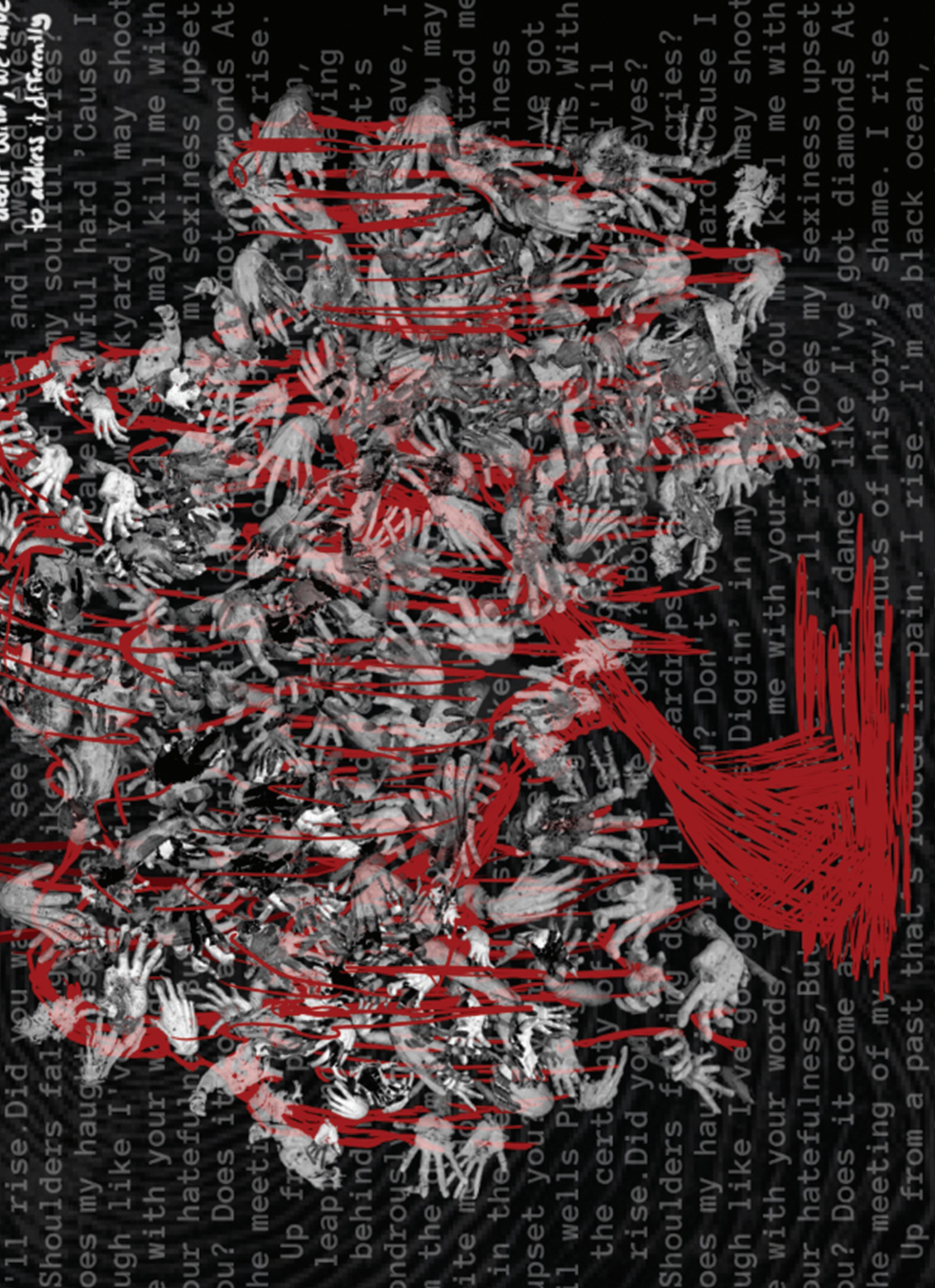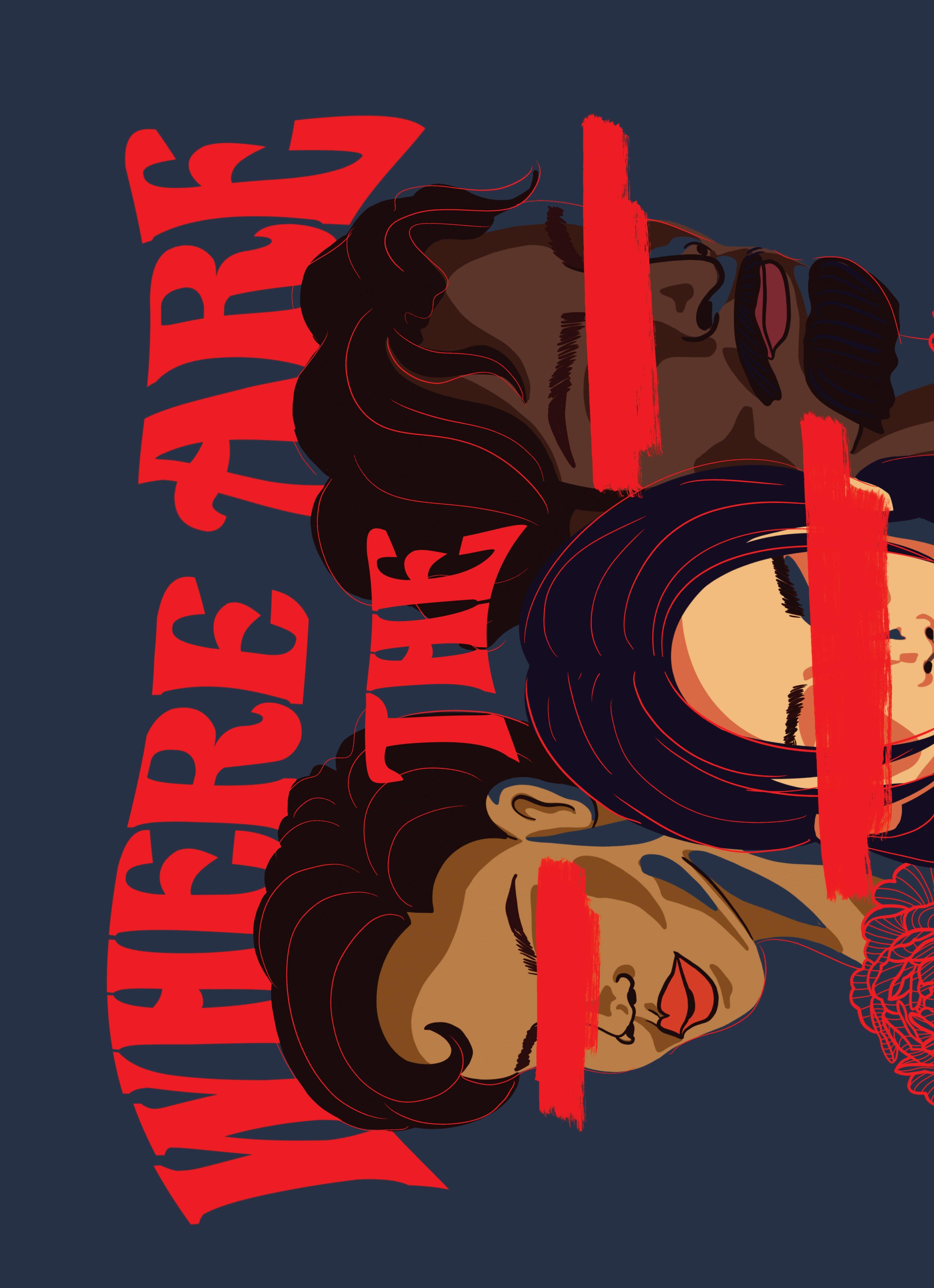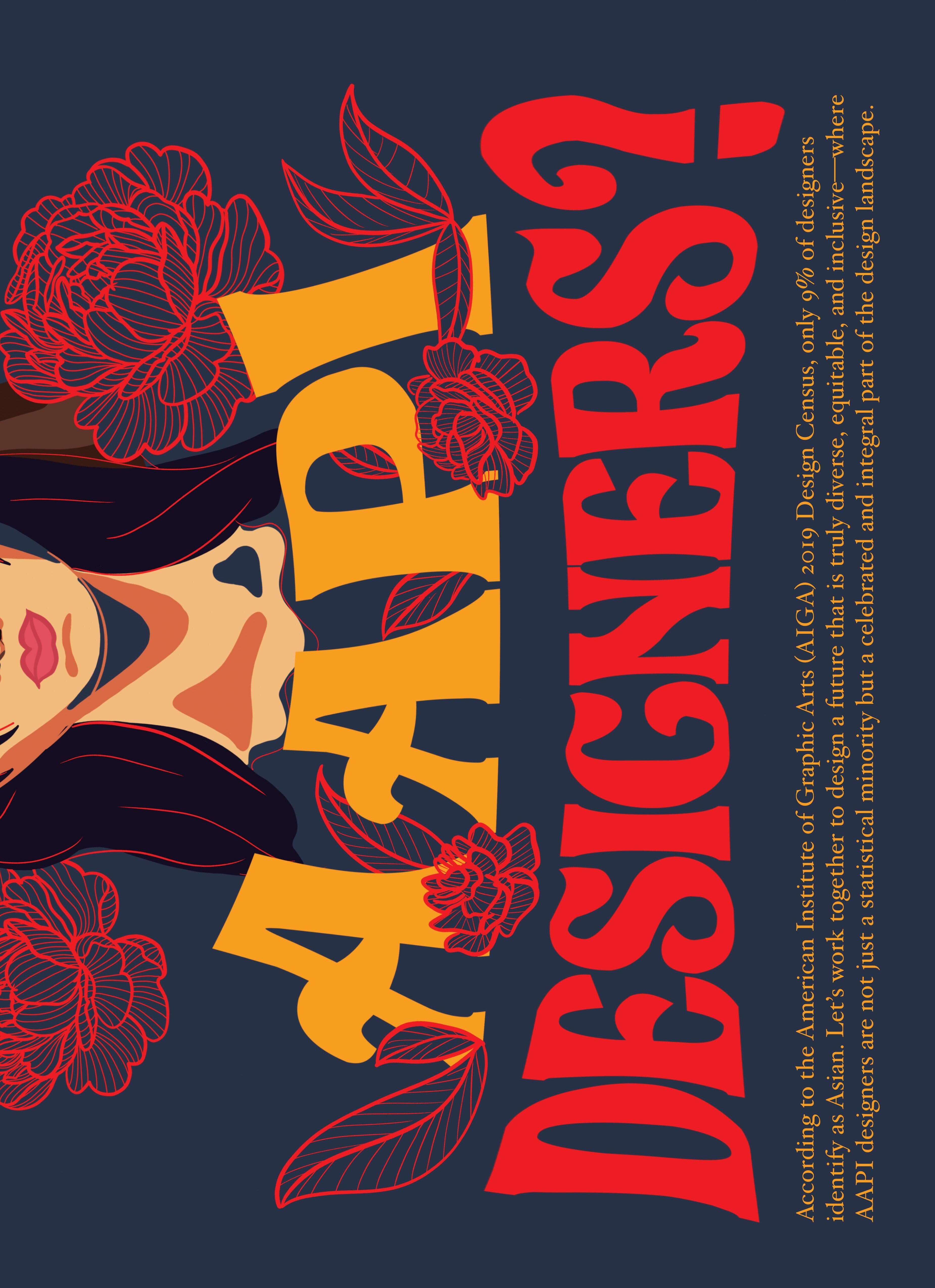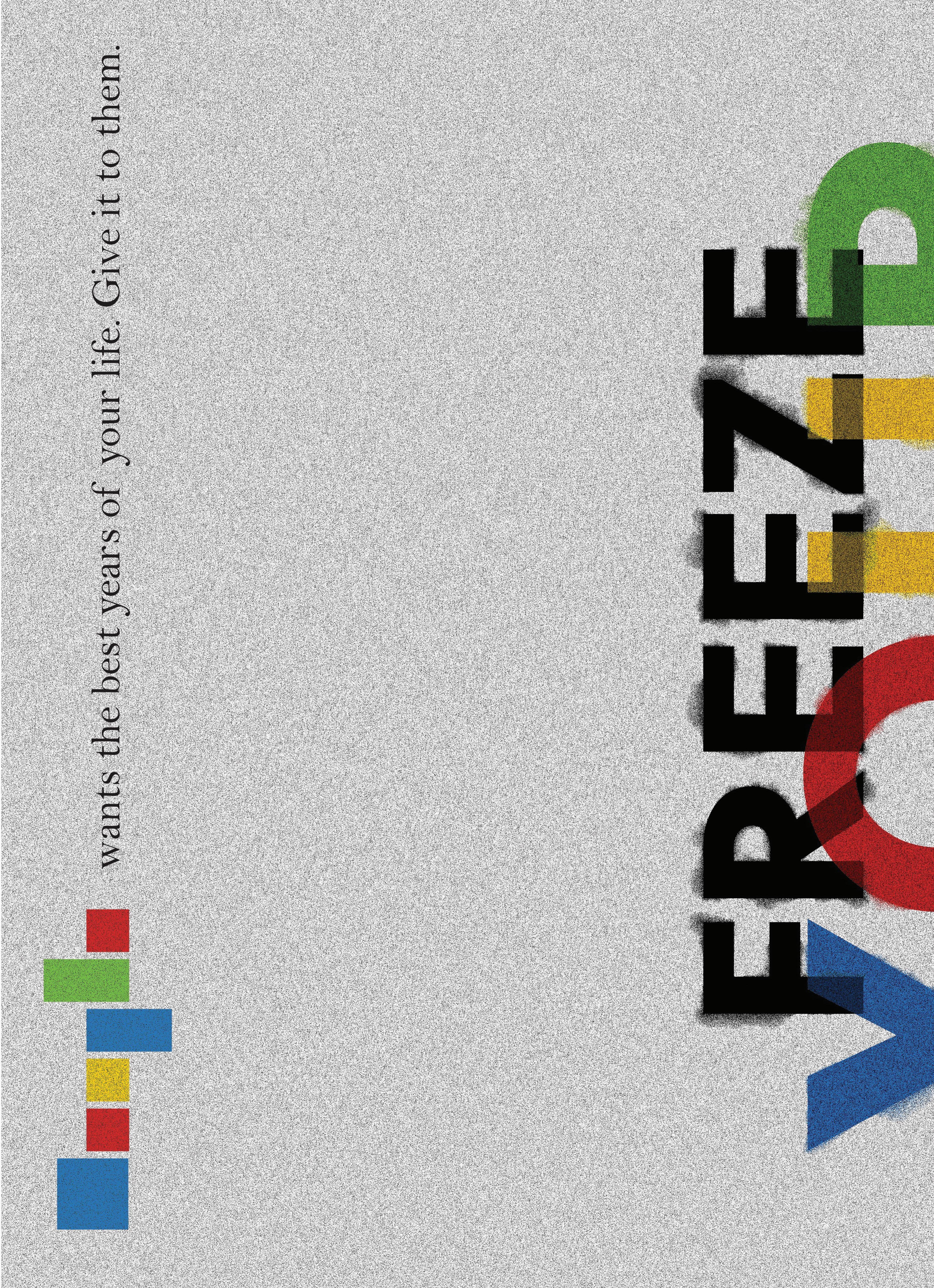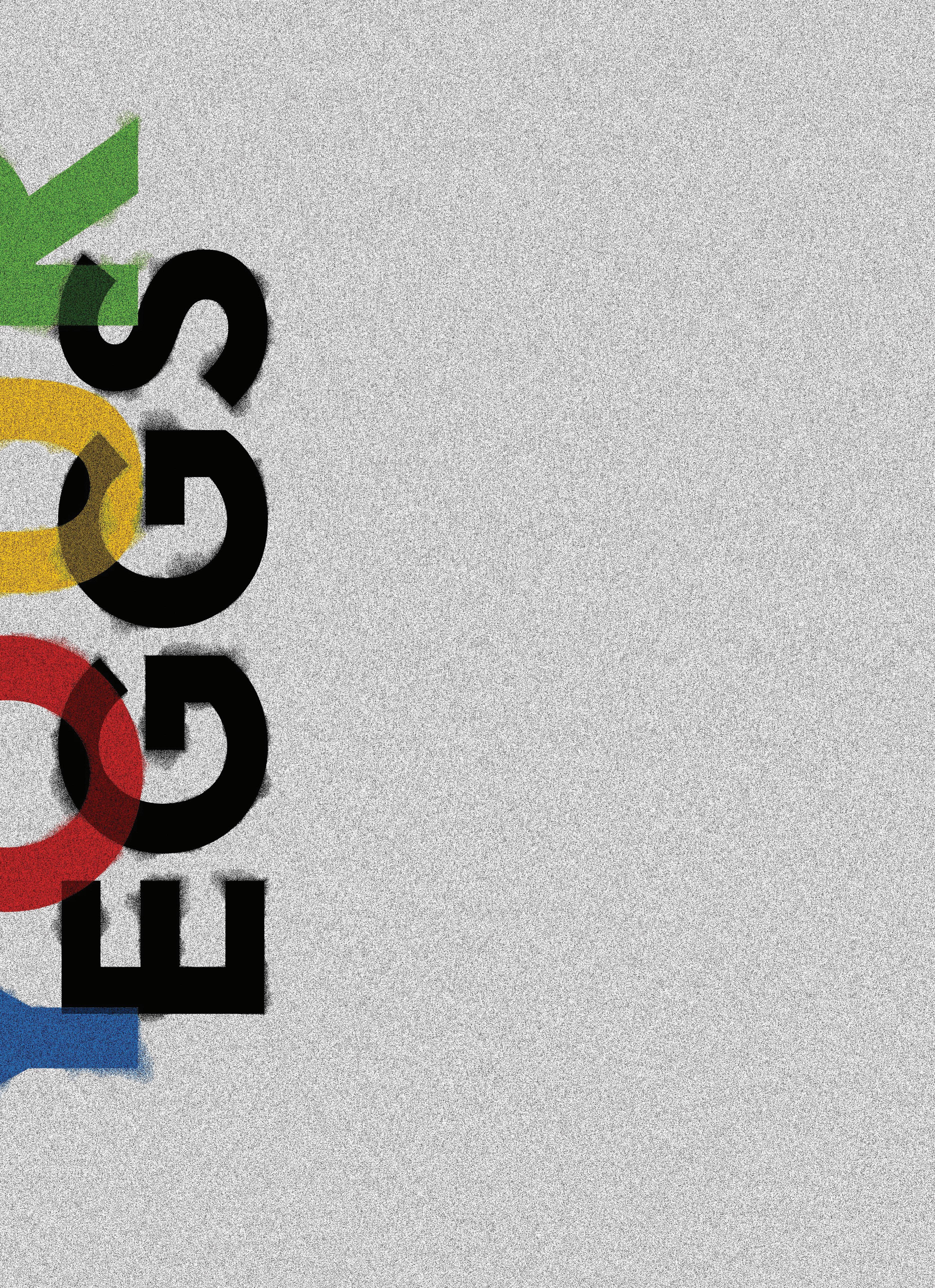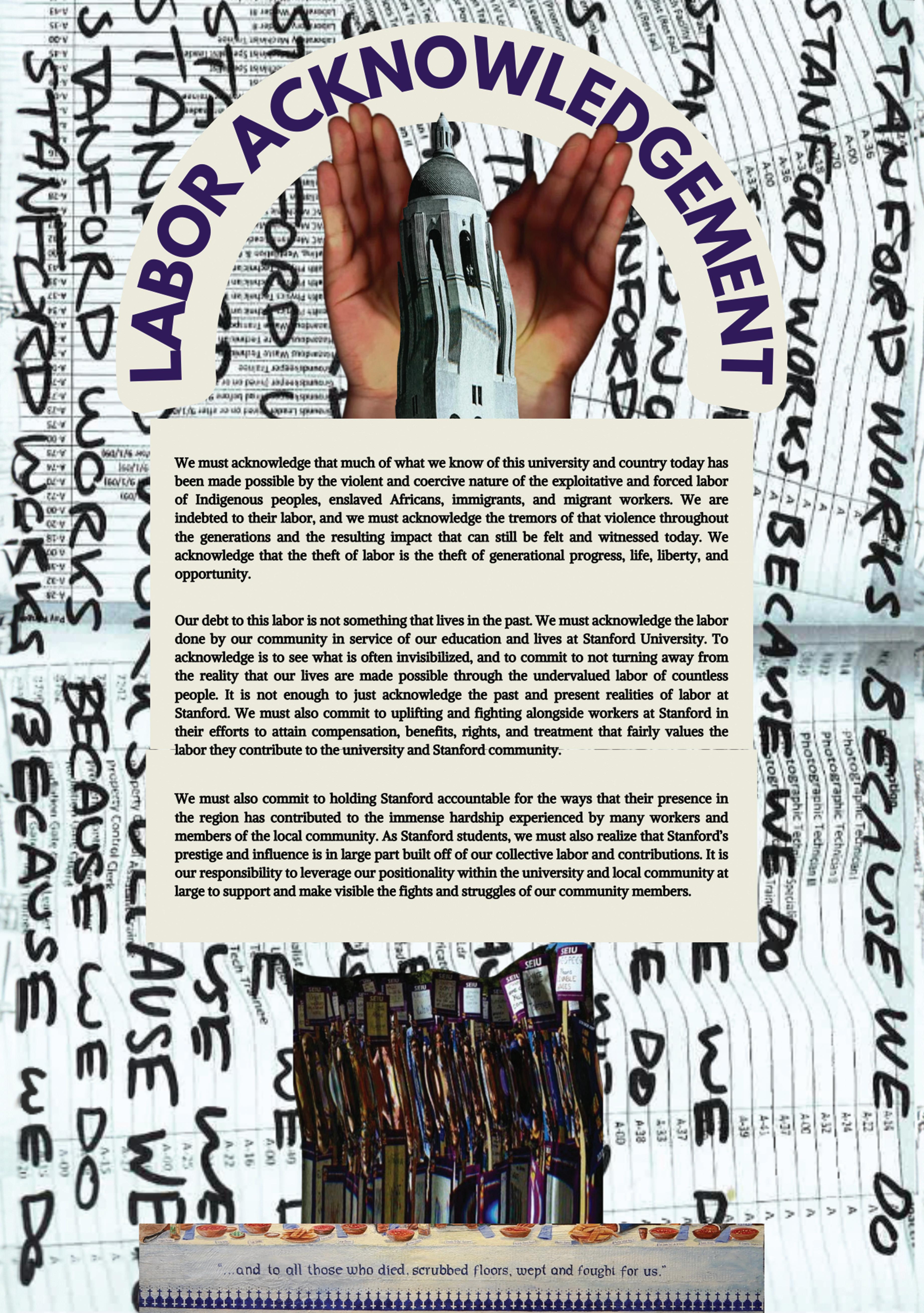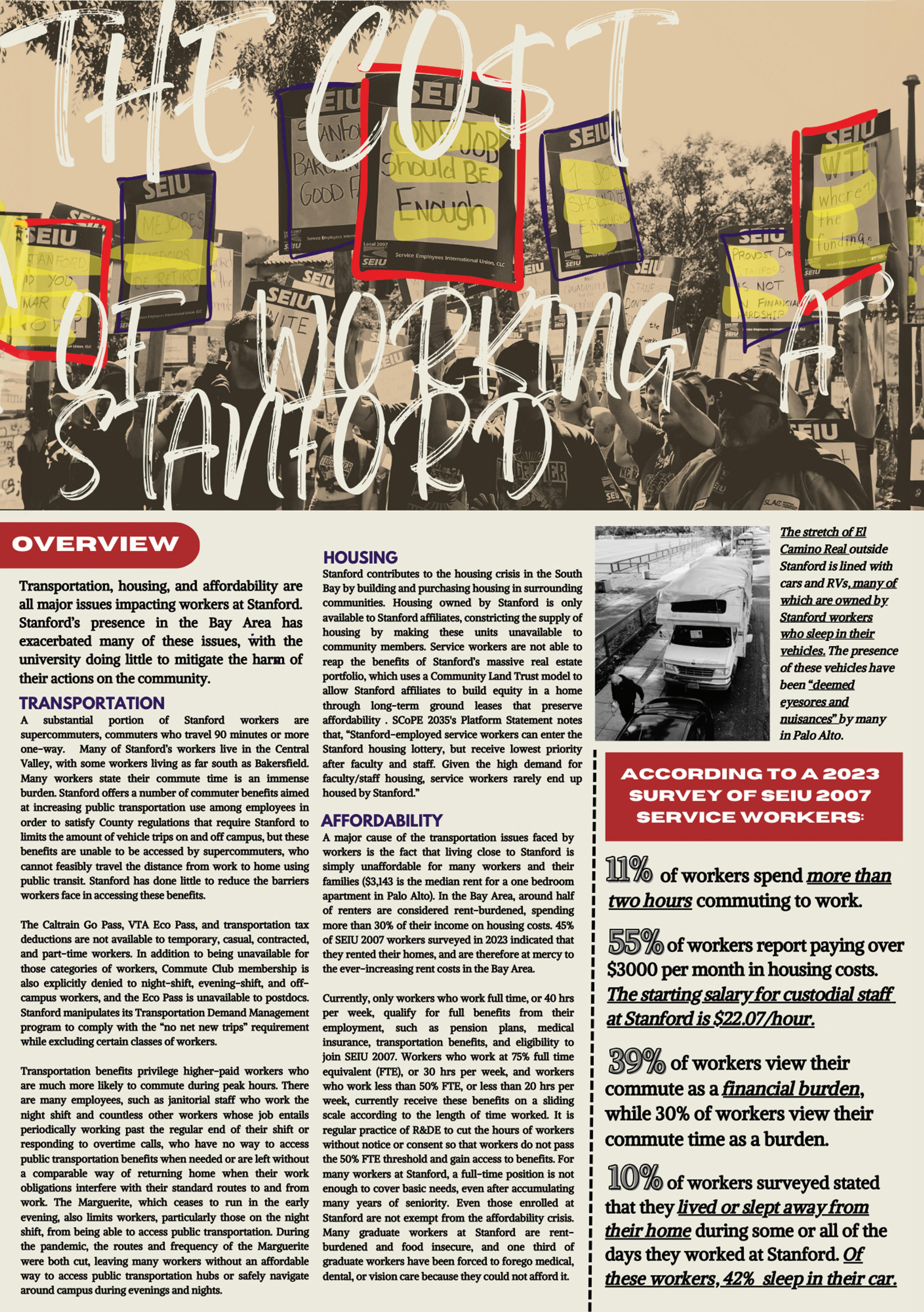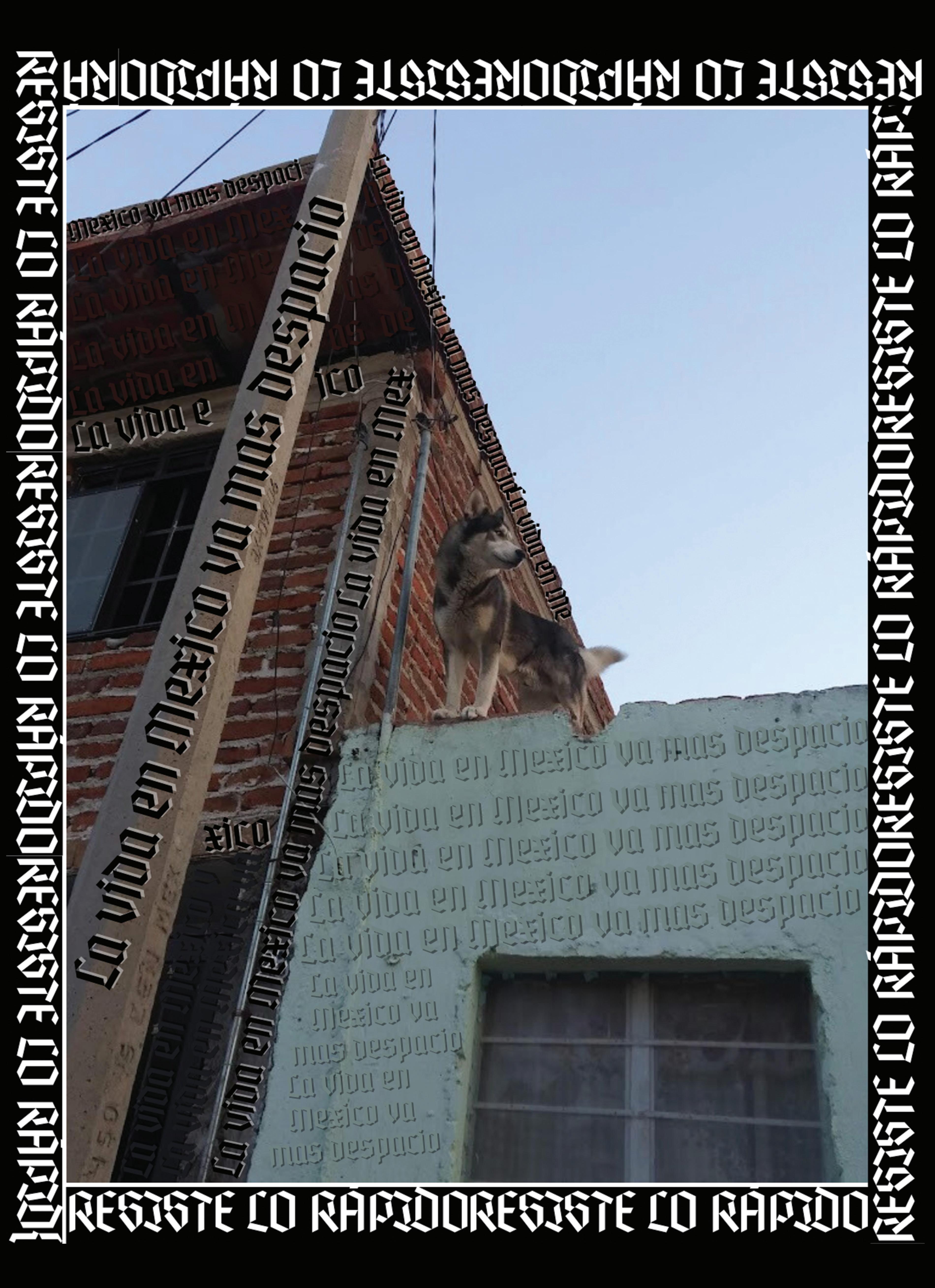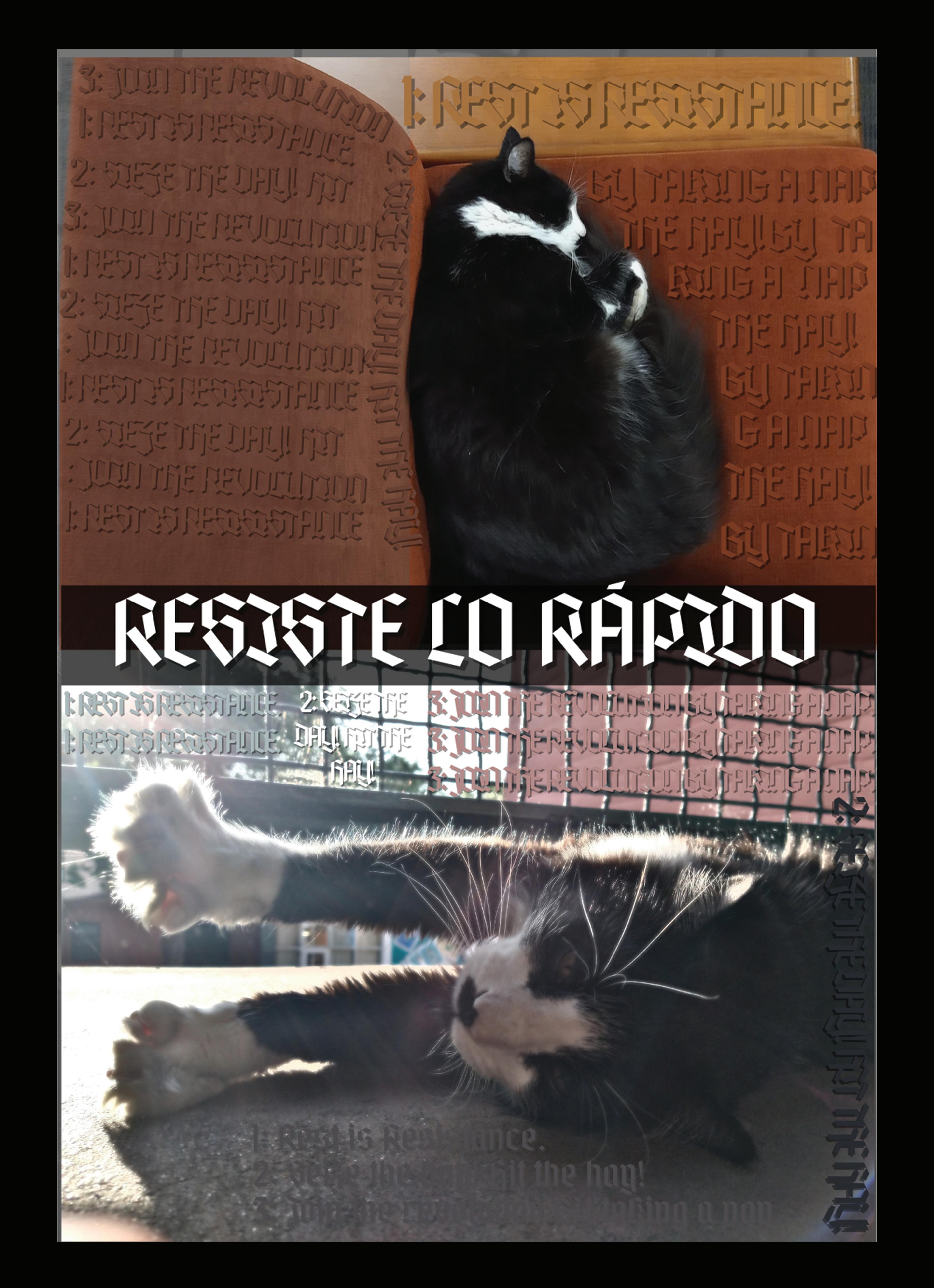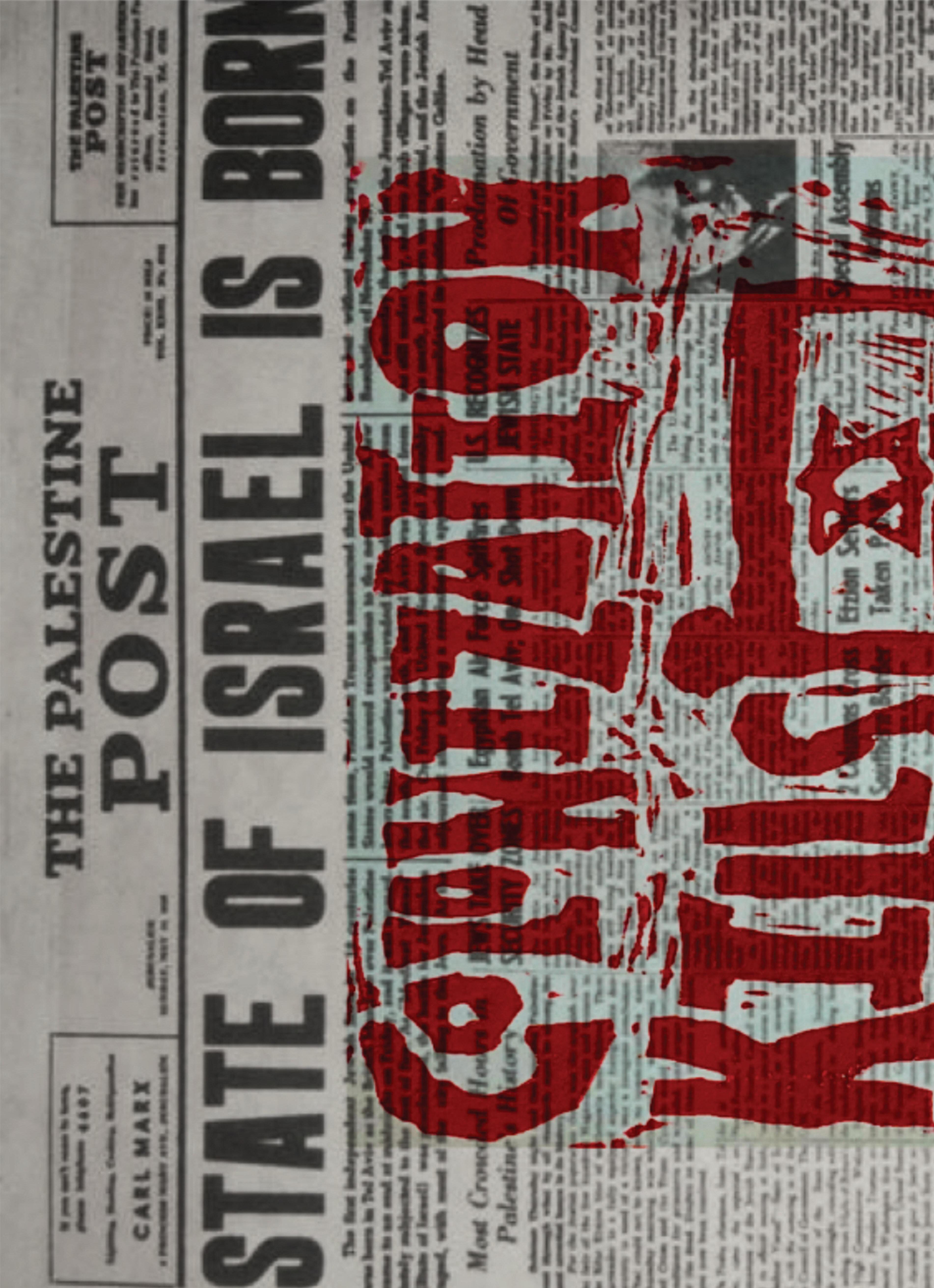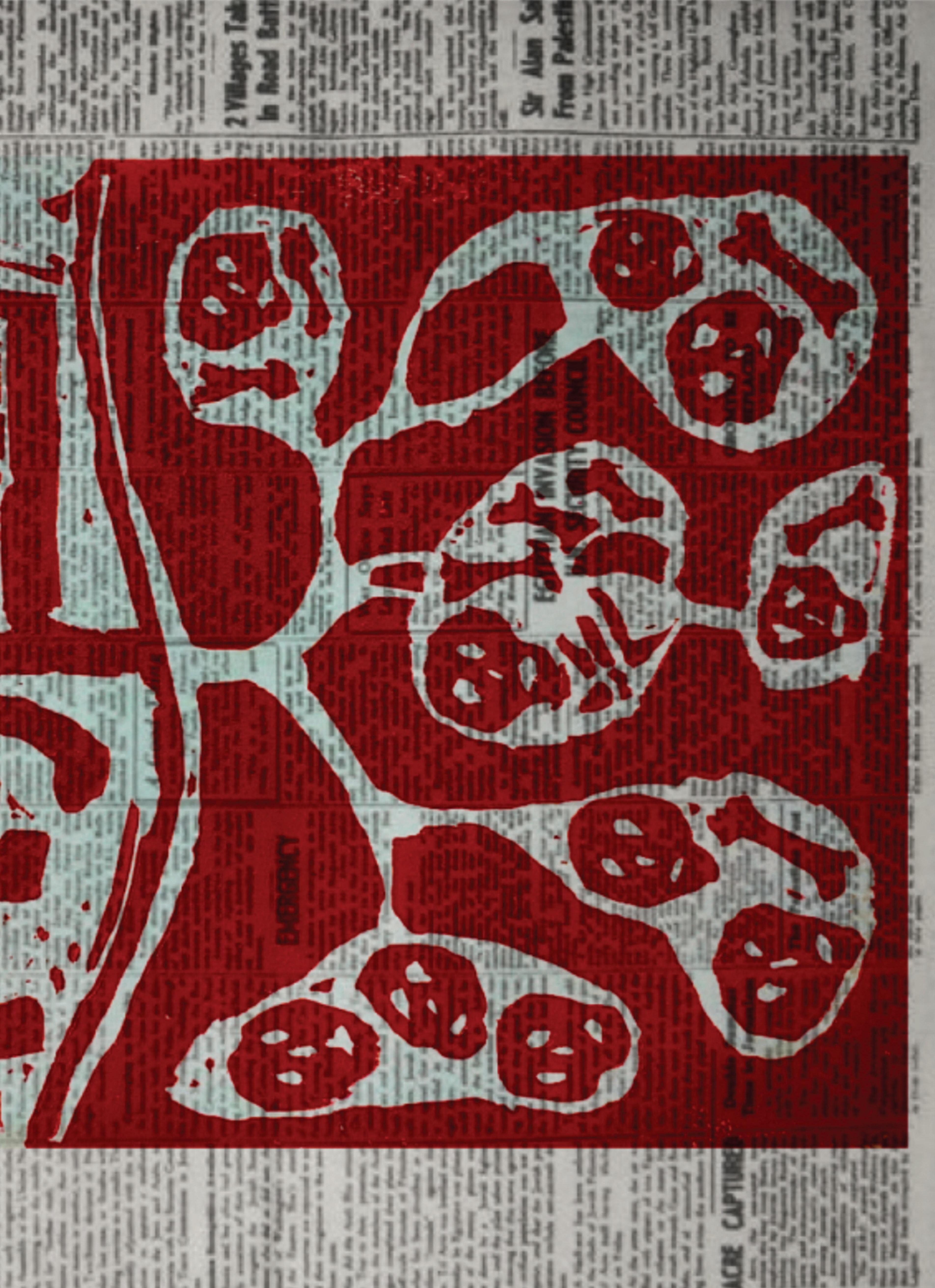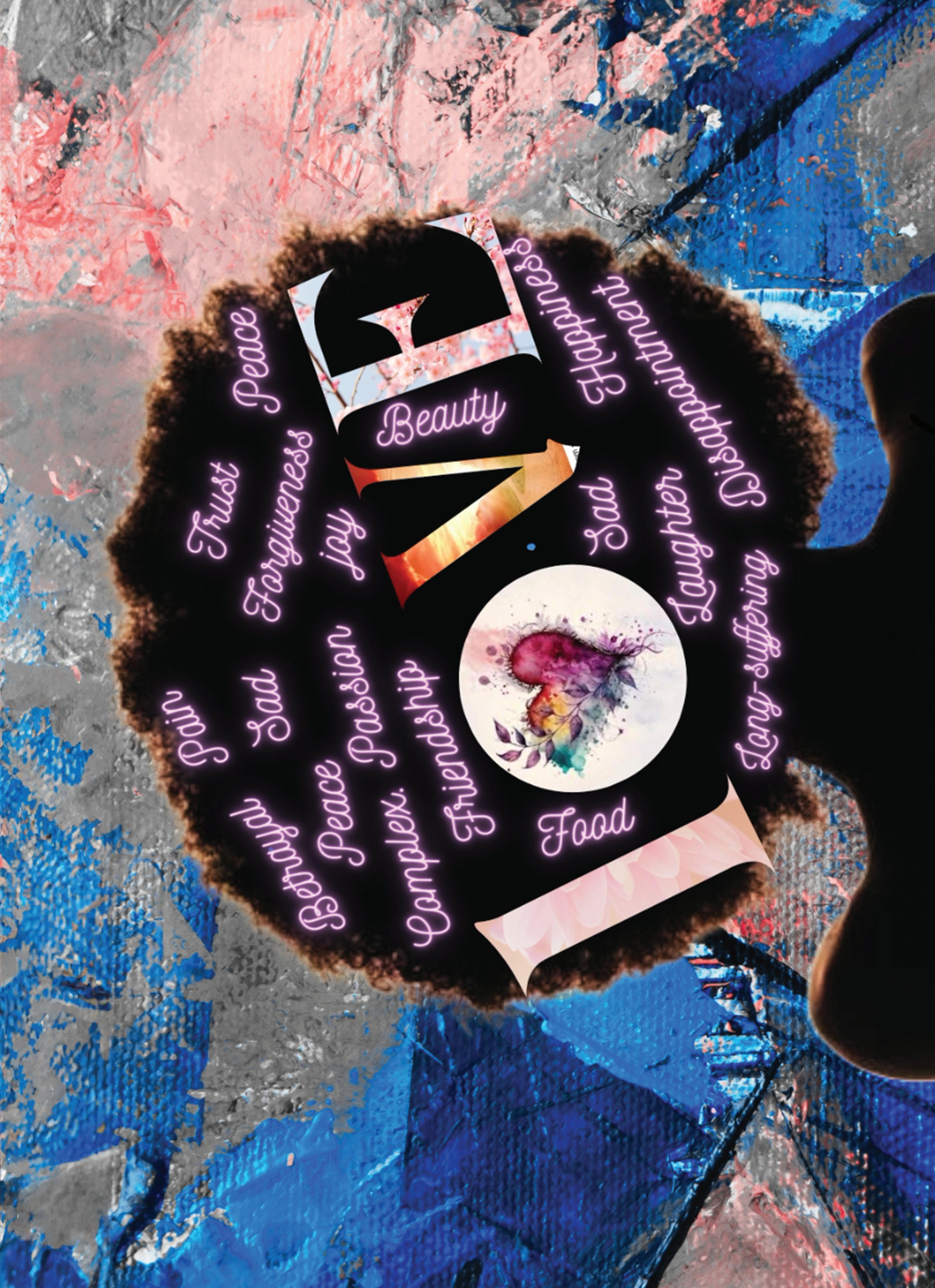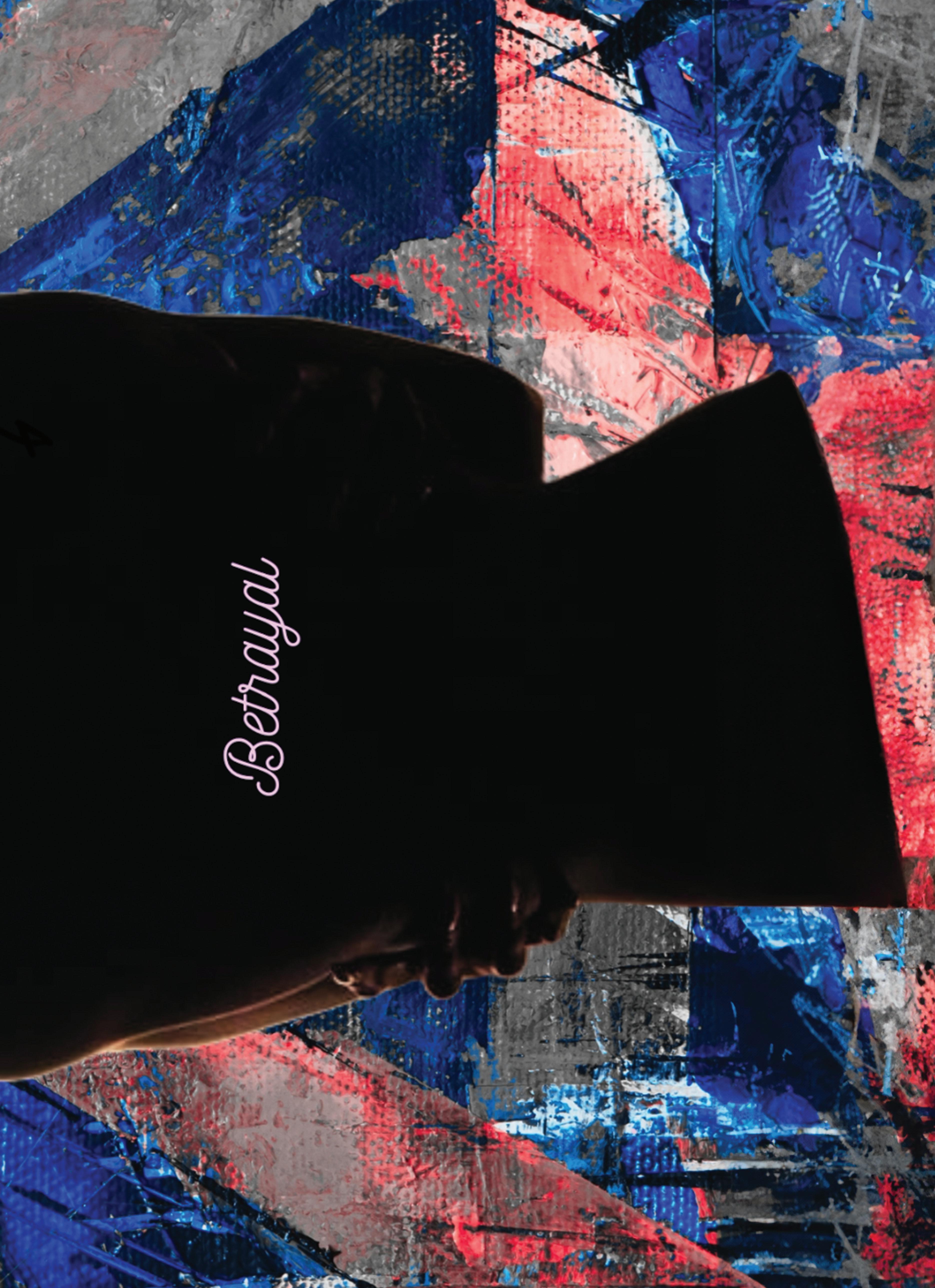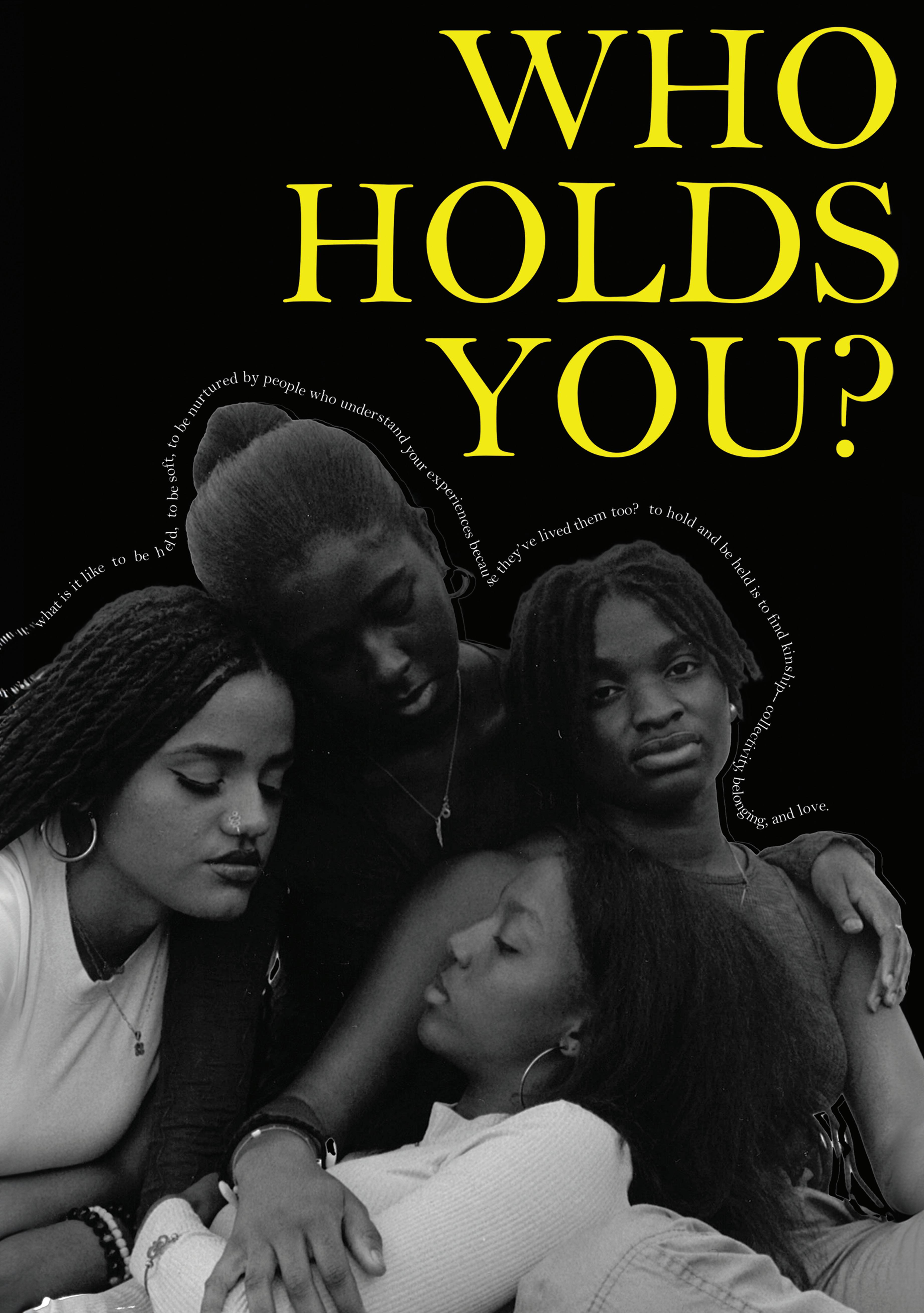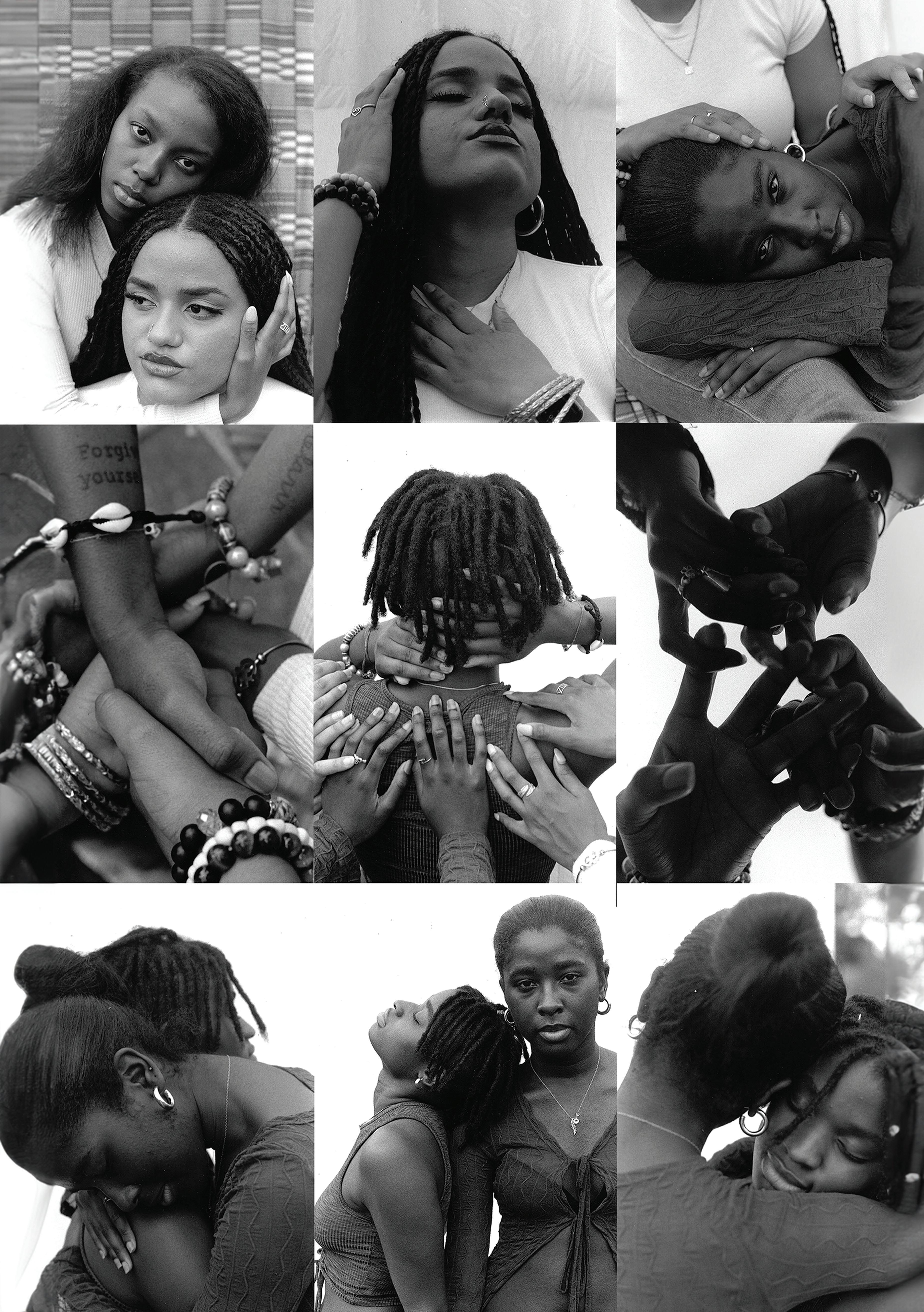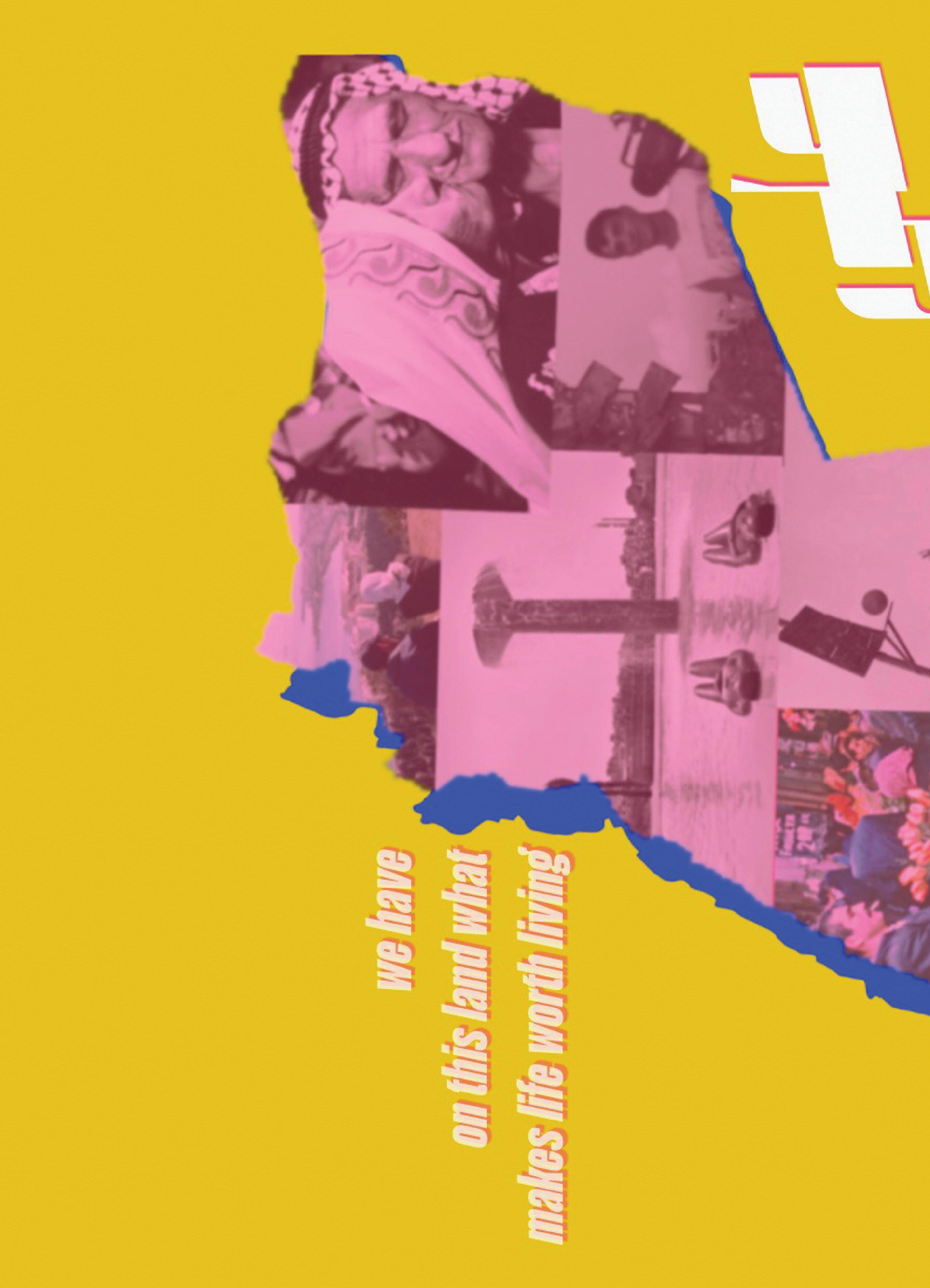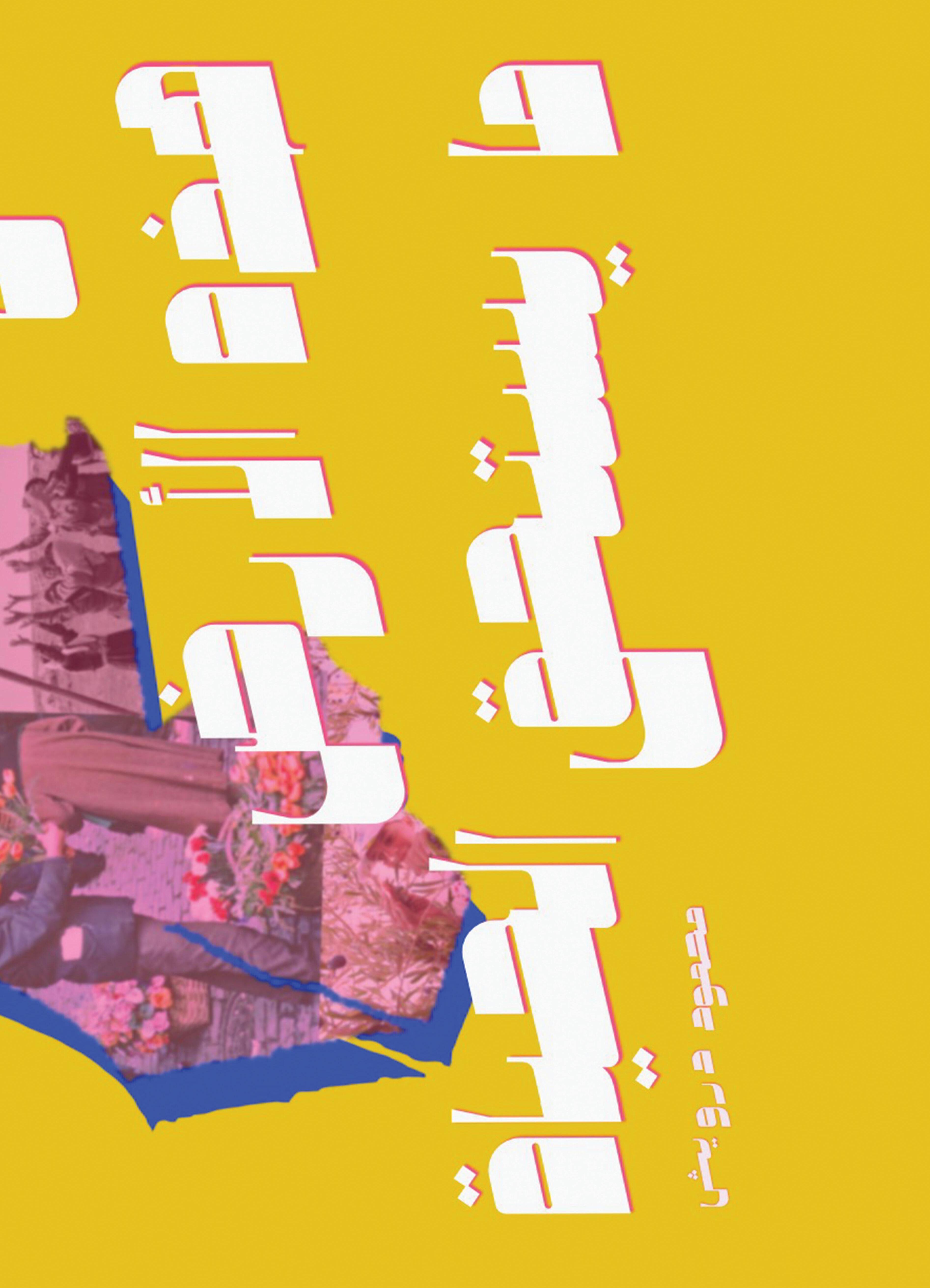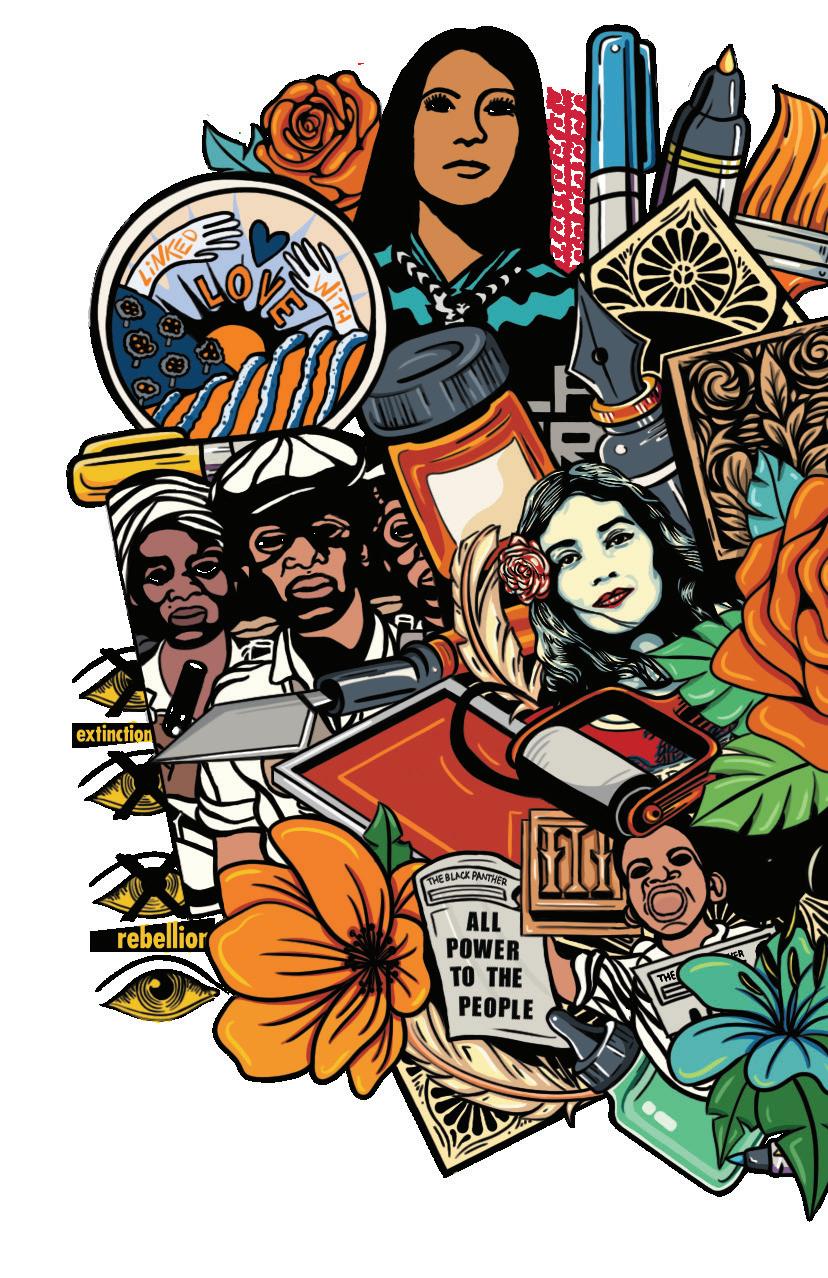IllustrationbyUlisesMedina
PRINT ON PURPOSE was a course hosted in Stanford University’s d.school Fall of 2023. It investigates how social justice is imprinted in our local, national, and global consciousness. Students learned about historical and contemporary contexts, from Noname Book Club to Emory Douglas’s prints for the Black Panther Party, and social movements that leverage print, as well as printed-matter production methods.
In a sense, to print is to acknowledge that once you release your work into the world it is no longer just yours, to hope that people will share it and give it a life of its own that extends far past what we as individuals could ever hope to do. Print is beautiful because it can serve you however you want it to — it allows you to speak your truth as loudly as you want while maintaining your anonymity; it allows you to empower others without even knowing them. In doing so, [w]e keep memory alive, giving our values, hopes, dreams, stories, and histories a chance to survive beyond our time on this earth. Printworks elicit movements and change people’s minds, and in a world where the oppressed and marginalized are being tragically silenced and harmed more and more every day, it’s imperative that prin - thatting on purpose continues to give a voice

CLASS: Josie Amoo, MJ Azzi, Kea Kahoilua-Clebsch, Alyssa Frederick, D Fukunaga, Michelle Ekenma Kalu, Haley Koo, Ngan “Hazel” Ha Le, Javier Omar Luna, Rima Makaryan, Ulises Medina, Nicholas Mullins, Maya Rozin, Lauren Somersille Sibley, Graciela Smet, Roxane Somda, Arianne Spaulding, Zofia Trexler, Lanna Wang, Willow Young
INSTRUCTORS: Milan Drake, Patrick Fenton, Indya McGuffin.
THANK YOU to our guest lecturers, Zio Ziegler and Dr. Cheryl Miller, for your insights and contributions to the Print on Purpose experience. We also appreciate Vivian Sming and Christina Linden for organizing an amazing visit and curated viewing at the Cantor Arts Center. Lastly, we’d like to extend gratitude to Regina Lee Roberts and Felicia Smith for the tour for Green Library’s Black Graphic Design History Collection, and Dr. Cheryl Miller for working with the Green Library team to establish an amazing archive.
Publication cover: Ulises Medina Publication interior: Indya McGuffin and Patrick Fenton
Printed by www.PRINTNEWSPAPER.COM and typeset in Times New Roman and Syne.
NOTE: The artwork and accompanying statements featured in this publication are the sole creations of the individual students. They do not reflect the views or opinions of Print on Purpose, the d.school, Stanford University, or any associated organizations. This publication is intended to showcase the creative efforts of students and the conversations that are important to them. The content in these works is provided "as is;" no representations are made that the content is error-free.
Readers are encouraged to interpret the works independently, understanding that they represent personal viewpoints and artistic expressions unique to each student.
(D) I BEGAN THE QUARTER wondering, isn’t all printing on purpose? (Kea) On the first day of class, we were asked to write down words we associate with “print” and words we associate with “purpose” on two separate whiteboards. (Lanna) I remember that I initially wrote the “Gutenberg printing press” in response to the prompt about “print,” and “intentionality” in response to the prompt about “purpose.” (Kea) We weren't asked to write down our definitions of print on purpose. This definition grew naturally over the next 8 weeks. By the end of the course, I watched my two definitions intertwine and grow into something new.
(Zofia) In a sense, to print is to acknowledge that once you release your work into the world it is no longer just yours, to hope that people will share it and give it a life of its own that extends far past what we as individuals could ever hope to do. (Haley) Print is beautiful because it can serve you however you want it to — it allows you to speak your truth as loudly as you want while maintaining your anonymity; it allows you to empower others without even knowing them. In doing so, (Zofia) [w]e keep memory alive, giving our values, hopes, dreams, stories, and histories a chance to survive beyond our time on this earth. (Josie) The world is falling apart right now and it’s impossible to pretend otherwise. (Zofia) I am struck by the violence of war and occupation, and how oppression and dispossession function by silencing those who create and share information, art, and culture. (Josie) Printworks elicit movements and change people’s minds, and in a world where the oppressed and marginalized are being tragically silenced and harmed more and more every day, it’s imperative that printing on purpose continues to give a voice to those who have been shouting for so long. (Rima) As we strive for these goals in a world tainted by a plethora of powerful forces, we make plenty of compromises and best efforts - but the messages remain - calling us to keep stretching our arms up.
(Roxane) [I]t becomes a tangible manifestation of one's beliefs and values. Its importance lies in its capacity to serve as a bold and articulate voice, a medium through which an individual can audaciously convey their thoughts to the world.
(Hazel) The liberation of all colonized people is important to me.
(Hazel) I’m living because of [the] ancestors and my kin who have fought for me to live.
(Michelle) I hope the way that I’ve decided to depict students (firstly, friends whom I cherish deeply) can put a spotlight on the ways we have had to persist in spaces that weren’t designed for us, and how that persistence is painfully beautiful.
(Nicholas) I aspire to make a life of embracing design as a tool for social change, channeling creativity to challenge systemic injustices, and fostering a more radically empathetic and ambitious society.
(Javier) It’s so beautiful how worlds can be opened up through visuals and text.
(Alyssa) Purpose is melded into everything we do, and I see print as an extension of that. (Ulises) Every element of a design is there for one reason or another - from color to text to imagery, nothing is random. (Maya) This involves being cognisant of both design tactics and communal needs when producing a piece. (Lanna) “Print on Purpose” can [manifest as] beautiful and polished, [and] it can also be ugly, raw, imperfect. The greatest lesson I’ve learned is that techniques should not impede the meaning of your work. They should be secondary tools that aid in expressing the meaning of your work. In other words, “print” helps bring about “purpose,” but “purpose” always comes first.
(Kea) To print on purpose is to breathe life into conversations that would otherwise remain dormant. It's the process of solidifying your truths in ink, unable to be ignored. (Graciela) It’s an inherently democratic medium, perhaps requiring nothing but paper and a pencil, and [it’s] filled with so much power for change. (Zofia) To print with purpose is to acknowledge this power and to accept the fundamental truth that the practice of creation carries with it an inherent responsibility to use one’s narrative power in a conscious and intentional way.
(Willow) Artistic expression serves as an effective and unique way to convey personally important messages, and (MJ) [e]ffective and design-centered visual communication has the power to spread the voice of the people directly.
(D) Although we are not children anymore, our minds and hearts continue to grow. (Lauren) We feel better when we feel appreciated, perhaps I can help people feel better through my work. (Alyssa) As I reflect on my journey in this seemingly short class, I see “print on purpose” as a dynamic and transformative process. (Haley) Initially, I thought that [it] was solely for activism and that it required a “worthy” or “just” cause. Now, I see [“print on purpose”] as an opportunity to reflect and to think about what purpose means in general and what it means to me. I see it as an opportunity to be personal and to empower and to be empowered.
(Zofia) To recognize these things is to realize that, with the immense power at our fingertips, how could we be anything other than purposeful?
INDEX
The primary purpose of this piece is to foster and provoke critical thought and discussion around the role of labor at Stanford and create visibility around the conditions experienced by service workers, whose labor at Stanford is often invisibilized. Through combining text with collaged visual imagery, the piece intends to both inform and call its audience to action regarding the struggles experienced by workers at Stanford.
Drawing from my almost lifelong journey with dance, this piece aims to convey the essence of movement as both a prescription for emotional well-being as well as something that can cause your body physical pain. Even though there is a double meaning, I want viewers to recognize and embrace the transformative potential and therapeutic power of movement in their own lives.
Kinship depicts the profound significance of social connections amongst Black gender-marginalized students at PWIs and the transformative strength of community in exclusive structures like higher education. The piece encourages reflection on networks of kin that each viewer holds dear, thinking deeply about the threads that hold them together.
LIMBO is formally known as an uncertain period of awaiting resolution, but this definition doesn’t encapsulate the feelings that accompany it. To me, limbo is this mind-numbing, hazy, and aimless but also anxious and unsettled feeling of being stuck while in motion. It’s ambiguous, has no clear start and end point, and just happens to be one of the many things that can come with being a 21-year-old.
As we walk, dance, lay, we feel the earth pressing up against our bodies. We have forgotten about our eternal companion, that forever holds and pushes us. Despite our senseless supremacy, we have but one eternal home. One day, the earth will no longer push us up, but pull us deep into its belly.
“La vida en México va más despacio” or “life in Mexico moves a lot slower” is something I’ve heard one too many times from immigrants in the US who have spent decades of their lives working laborious, underpaying jobs. When I picture freedom, I picture an outdoor pet living among their families, taking it easy. Everyone deserves a shot at such a life. There is so much more to working your life away. Until we create new ways of living beyond production, resting disrupts exploitative and capitalist systems. Resiste lo rápido (resist the fast). Rest is Resistance. Seize the day! Hit the hay! Join the revolution by taking a nap.
HALEY KOO
JAVIER OMAR LUNA
ALYSSA FREDERICK
RIMA MAKARYAN
MICHELLE EKENMA KALU
ZOFIA TREXLER
Imagine a horn on a horse (two ordinary things) and something extraordinary is made. There is magic in the mundane. There is magic in vulnerability! Can embedding childlike imagination into our lives help us treat ourselves and others with more compassion? This interactive zine warmly invites the reader to consider the ways compassion, joy, and wellness already appear in their daily life.
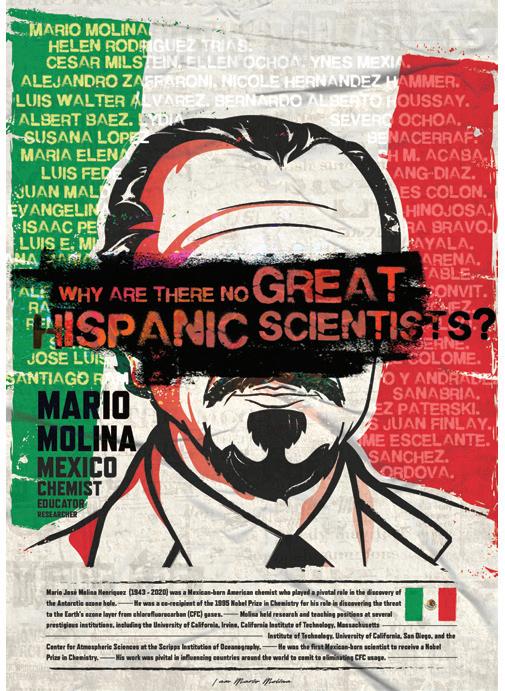
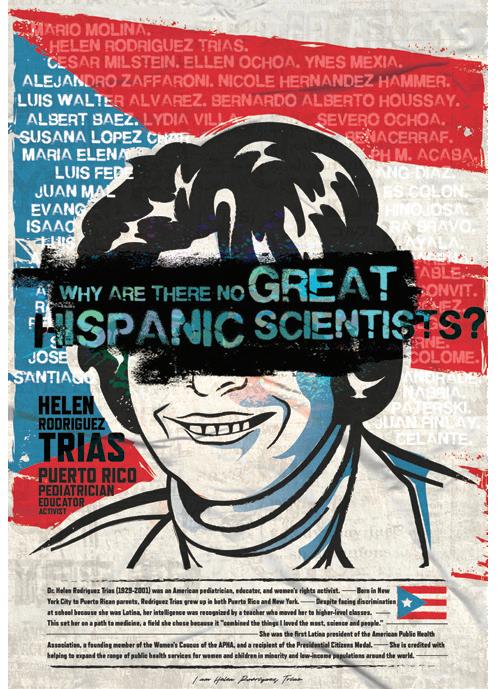
Why are there no great Hispanic scientists? The question implies a presumption that Hispanic scientists lack the capacity for greatness, therefore, an immediate response is often to “rediscover” them, however, this approach fails to challenge the underlying assumption and inadvertently strengthens the negative connotations associated with the question. Through my design series, I aim to challenge the public perception of what constitutes greatness, highlight the “Great” Hispanics in STEM, and even go beyond that, to inspire others to acknowledge the representation of their own cultures and stimulate change.
“Take your Community Offline!” seeks to revolutionize perspectives on sustainability by spotlighting commu nity-driven actions and rejecting superficial 'greenwas hing.' I hope to inspire viewers by illustrating how sus tainability fosters healing, equity, and empowerment within communities, unveiling its profound capacity to nurture personal and social harmony.
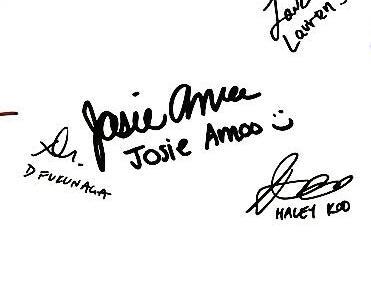
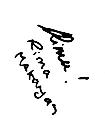
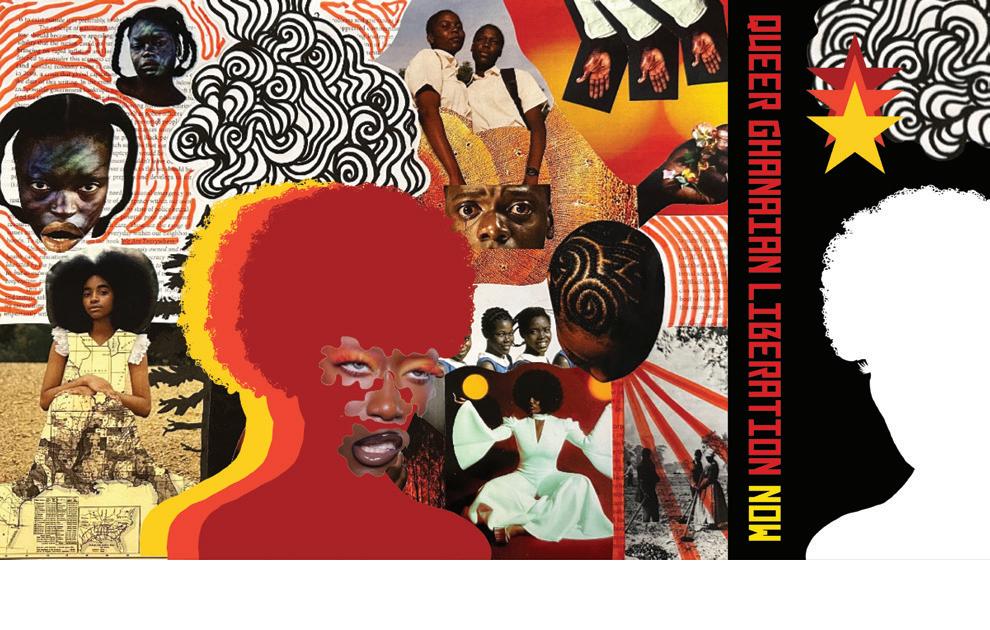

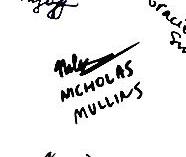
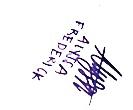
LGBTQIA+ individuals have existed in West African countries like Ghana for centuries. However, after decades of British colonial rule, Ghana remained strictly religious and legislatively targeted queer individuals, practices largely borrowed from Britain. Despite efforts of increased tolerance and queer space creation globally, the Ghanaian parliament passed the 2023 Promotion of Appropriate Sexual Rights and Family Values Bill, severely limiting legal, social, and political protection for queer Ghanaians. However, the LGBTQIA+ community in Ghana has found joy and continues to speak up. I explore how queer Ghanaians find their kin and pride in my artwork, and call for bills like the one mentioned to be abolished.
JOSIE AMOO
D FUKUNAGA
ULISES MEDINA
NICHOLAS MULLINS
Each of us is because of what and who came before us. We hold their struggle, hope, fears, and dreams all within. In the Black community, culture comes with cultural trauma and inheritance of oppression. This piece calls for an understanding of the physical struggle our ancestors went through and the mental toll it holds on the youth. This history is what we are weeping for, and what we are growing from.
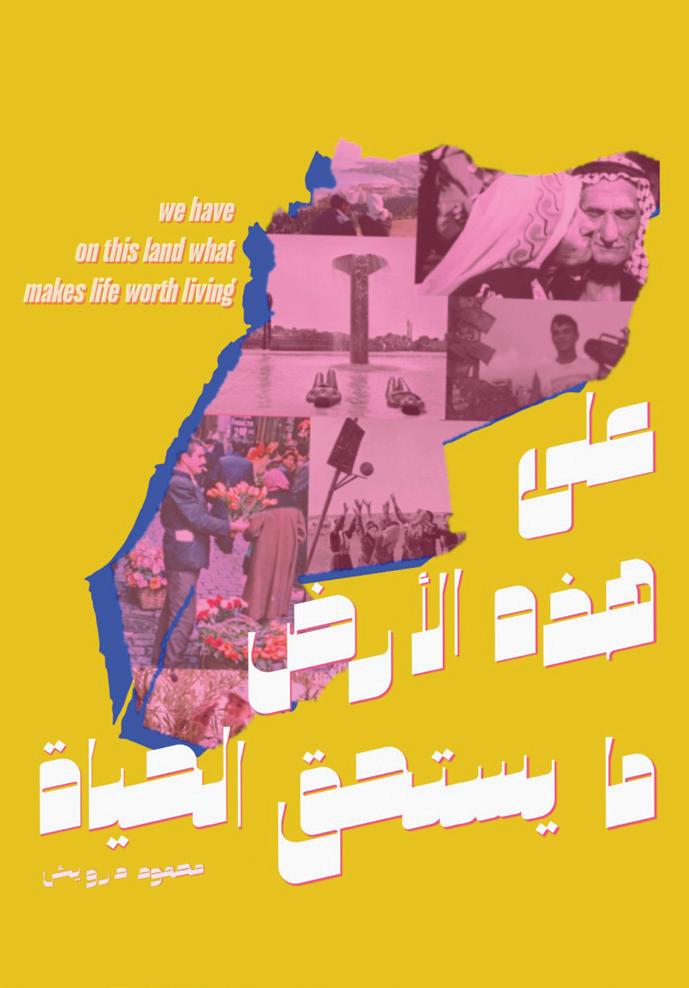
Arabs are often portrayed in the media in the context of violence, conflict and tragedy, and the middle-east is often portrayed as war-torn. They are seen as people who have grown “used to” war, who no longer experience tragedy the same way others in the West do. People devoid of their humanity, whose entire existence can easily be reduced to a number in a headline. What even is the middle-east outside war? This rhetoric makes it hard for the world to imagine. This piece is my tribute to the life, culture, and beauty of the middle-east and a celebration of middle-easterners and their often-forgotten hopes, dreams, loves, and humanity.
As we think about reproductive rights on the national stage, this piece brings the conversation home and observes how, in Santa Clara County, tech giants contend with the pregnancies of their employees.
Sexual abuse and terrorism of women by men has been rendered almost invisible by treating it as natural and inevitable.” – Adrienne Rich, Compulsory Heterosexuality and Lesbian Existence
This piece is a call to awareness, anger, and resistance against the pervasive narrative that treats violence against women, manifested in both public and private spheres, as something that we must simply learn to live with.
This piece honors my Vietnamese queer ancestors through spiritual practices of burning incense and joss papers — it celebrates their legacy of liberation. We all carry multitudes of histories within ourselves so what kind of future ancestors are we intending to become?
As most are aware, the Palestinian people have suffered for decades due to apartheid and settler colonialism at the hands of the Israeli state. However, this violence was not mentioned much until the Israeli people faced retaliation. As a Jewish person, I have witnessed firsthand how generational Holocaust trauma prevents Israeli people from recognizing the current genocide occuring, and how the disturbing past is causing Jews to cling onto their supposed homeland. I wanted to create a piece that condemns the root of the conflict: the colonization of Palestine. As Jews, we cannot live in denial of Israel’s colonial violence.
MAYA ROZIN
LAUREN SOMERSILLE SIBLEY
GRACIELA SMET
WILLOW YOUNG
MJ AZZI
NGAN “HAZEL” HA LE
This piece was inspired by the legacy of Hawaiian-language newspapers, which served as a vessel for protest during the overthrow of the Hawaiian Kingdom. As observers sit with Queen Liliuokalani’s presence and her garment of printed protest, I hope they feel the weight of our lāhui’s resistance - painful, potent, and very much alive.
According to the American Institute of Graphic Arts (AIGA) 2019 Design Census, only 9% of designers identify as “Asian.” Let’s work together to design a future that is truly diverse, equitable, and inclusive— where AAPI designers are not just a statistical minority but a celebrated and integral part of the design lands cape.
Since my youth, I have consistently questioned the essence of love: despite being told that love brings joy, happiness, and peace, my experiences exposed me to a world marked by darkness and interactions with individuals consumed by hatred. This piece serves as a tool to contemplate the coexistence of terror and hatred despite the presence of love within each of us, prompting a reflection on which force will ultimately prevail within oneself—love or its opposite.
ROXANE SOMDA
LANNA WANG
KEA KAHOILUA-CLEBSCH
JOSIE AMOO
NICHOLAS MULLINS
MICHELLE EKENMA
SOURCES FOR ARTWORK:
Linked with Love by KITA
Products
Revolution in Our Lifetime The Black Panther Artwork by Emory Douglas
Viva La Mujer by Melanis Cervantes and Jesus Barraza
We the People Defend Dignity by Shepard Fairey
An Attack Against One is an Attack Against All distributed by Robert Brown Elliott League
All Power to the People The Black Panther Artwork by Emory Douglas
Black Power by Alfredo Rostgaard
The Raised Fist
Silence = Death
Clara Spars by Act Up
No Justice No Peace
Amplifier Foundation by Natalie A. Rodgers
Afrocentric (Power & Equality) by Shepard Fairey
Extinction Rebellion
Bright Yellow A3 Poster by Extinction Rebellion
